Think Fast Talk Smart: Communication Techniques
One of the most essential ingredients to success in business and life is effective communication. Join Matt Abrahams, best-selling author and Strategic Communication lecturer at Stanford Graduate School of Business, as he interviews experts to provide actionable insights that help you communicate with clarity, confidence, and impact. From handling impromptu questions to crafting compelling messages, Matt explores practical strategies for real-world communication challenges. Whether you’re navigating a high-stakes presentation, perfecting your email tone, or speaking off the cuff, Think Fast, Talk Smart equips you with the tools, techniques, and best practices to express yourself effectively in any situation. Enhance yo...
225. Speaking Fluent Internet: How Algorithms Are Changing the Way We Speak
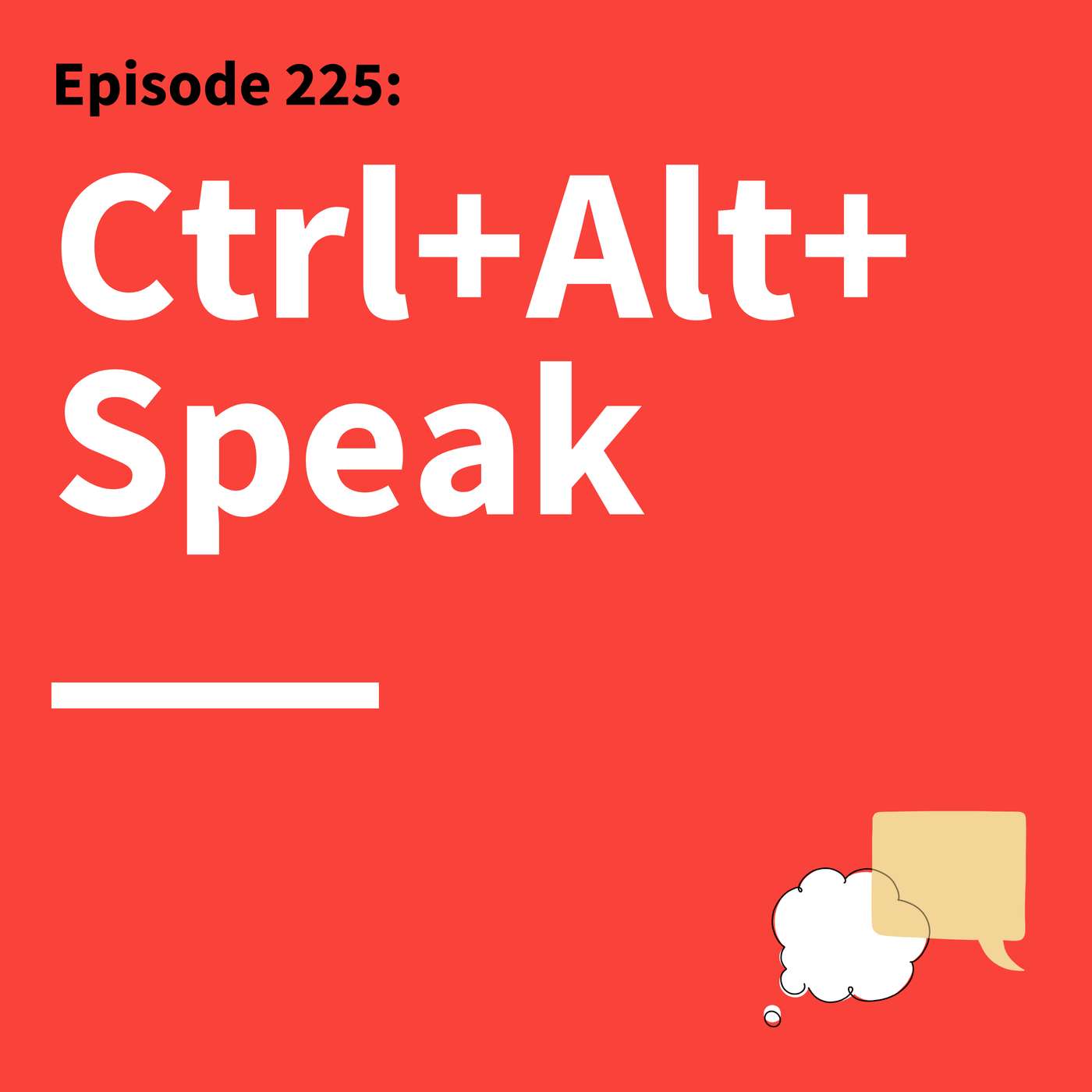
In the digital age, it’s critical to craft communication that fits the context.
Like it or not, algorithms now decide whose messages get heard. “If you want to communicate effectively,” says Adam Aleksic, “you need to be exactly aware of what that medium is doing.”
Aleksic is a linguist, author, and educational content creator with millions of followers across TikTok, Instagram, and YouTube. His latest book, Algospeak: How Social Media Is Transforming the Future of Language, explores how the platforms we use create new contexts that require new ways of communicating. “Every medium uniquely aff...
224. Make Your Messages Epic: The Evolution of Words and the Stories They Carry
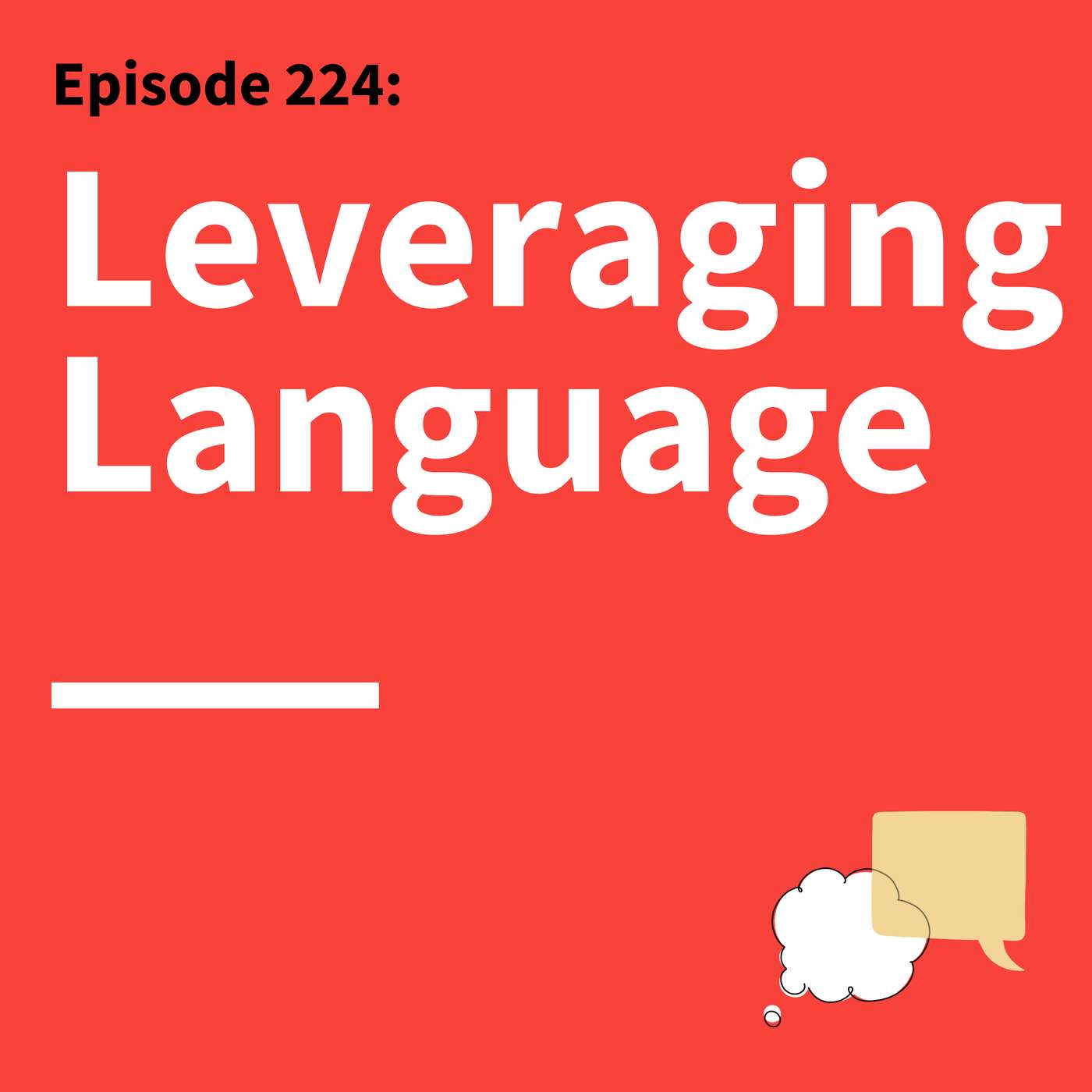
Why modern communication still relies on ancient words and narratives.
All communication and connection depend on one thing: language. That’s why Laura Spinney says understanding language — where it comes from and how it evolves over time — can help us use it more effectively.
“Language is incredibly powerful,” says Spinney, an author and journalist published in the Atlantic, National Geographic, Nature, and New Scientist. As “humanity’s oldest tool,” language has evolved as we have, which Spinney explores in her latest book, Proto: How One Ancient Language Went Global. In addition to the words themselves, ther...
223. Laughing Matters: Levity, Leadership, and Lasting Connection
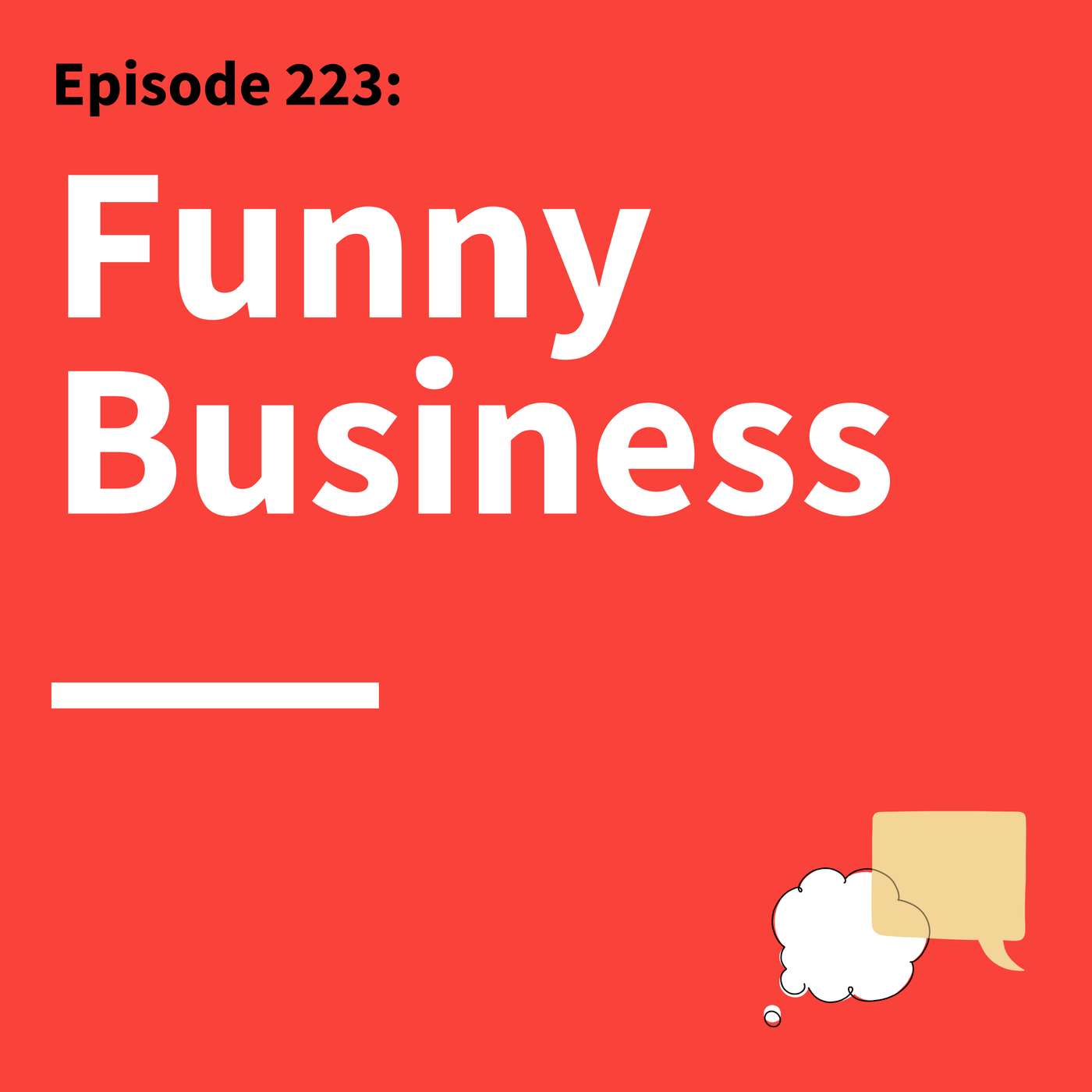
By lightening up your communication, you can build serious connections.
Humor in communication isn’t all fun and games. According to Alison Wood Brooks and Naomi Bagdonas, levity is one of the most serious tools we have in building successful connections.
Wood Brooks and Bagdonas, both teachers, authors, and experts in the field of communication, recognize how crucial levity is to our professional and personal interactions. “It’s easy to think of [humor] as this extra bonus thing,” says Wood Brooks. “What we find is it’s incredibly core to how people are relating to each othe...
222. Discussing Through Discomfort: Why the Conversations You Avoid Cost You the Most
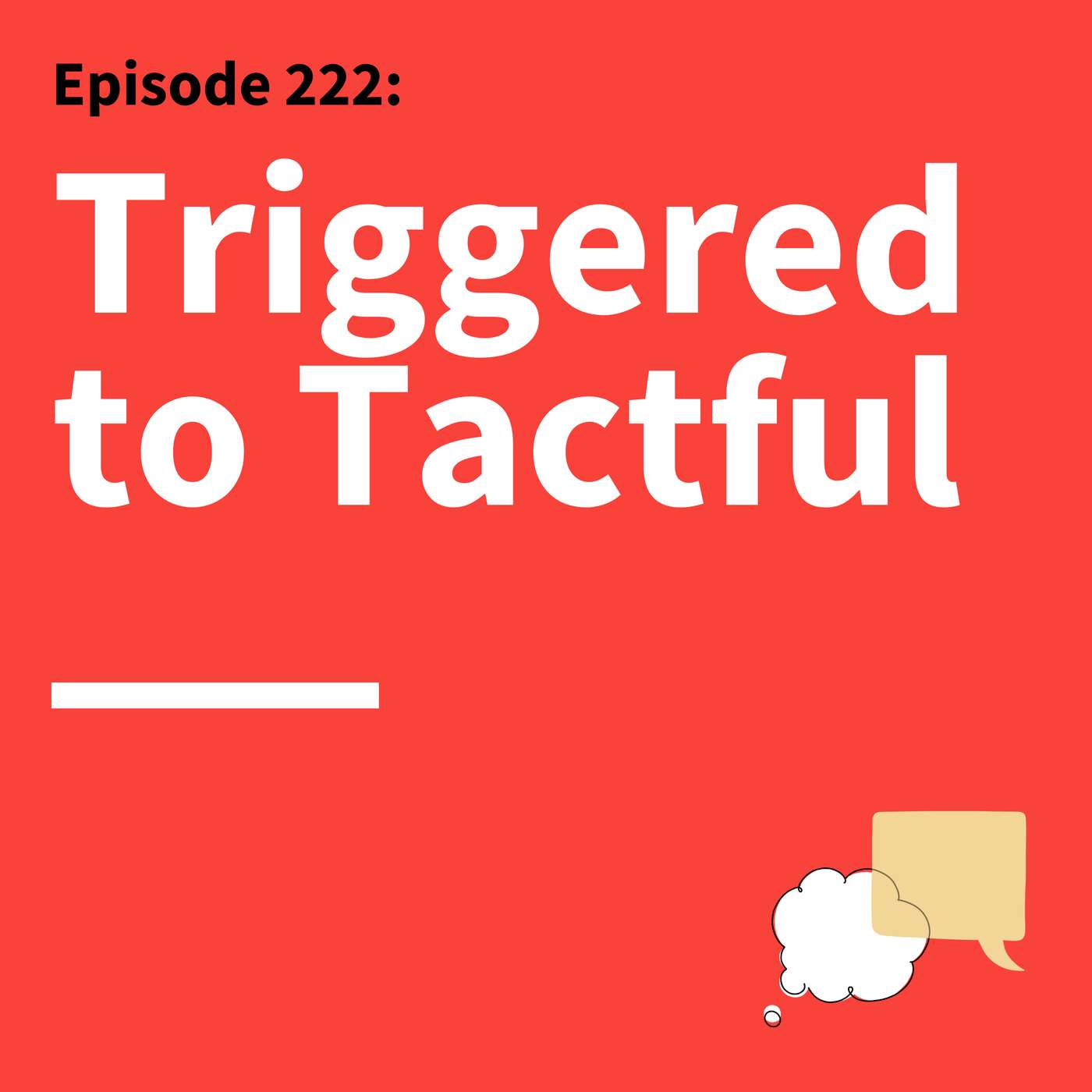
Some conversations are uncomfortable, but avoiding them comes with a cost.
You want a more successful career, a more fulfilling relationship, a more meaningful life? What if all that’s standing in your way — are the conversations that you’re avoiding?
“Most things that we want in life are on the other side of a difficult conversation,” says Jenn Wynn, a professor at NYU Stern School of Business and previously the director of education at the Obama Foundation. For nearly 10 years, she has taught a course on difficult conversations that equips people to communicate through di...
221. Don’t Get Lost in Translation: Staying Cool When Every Word Counts
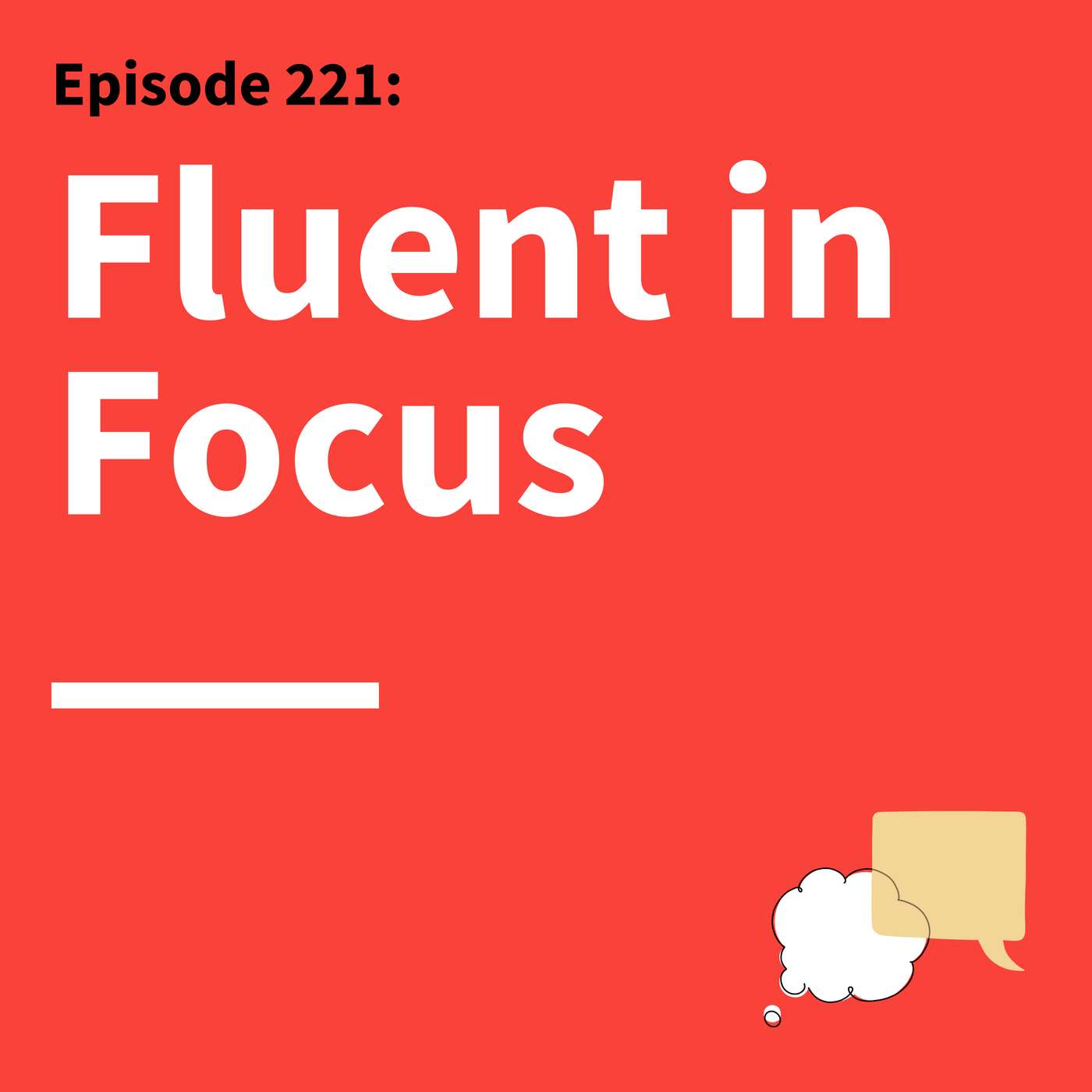
How do you stay clear, calm, and precise when every word counts and there’s no room for error?
Staying calm and focused while translating high-stakes conversations in real time isn’t just a language skill — it’s a masterclass in communication under pressure. And for Giampaolo Bianchi, simultaneous interpreter for the United Nations and World Health Organization, it’s a challenge he meets with presence, precision, and a whole lot of preparation. In this expanded conversation from our Spontaneous Speaking series, Bianchi offers a behind-the-scenes look at how he prepares for — and performs in — moments where being ca...
220. Prep Like a Pro: Communication Confidence, Clarity, and Comedy

Master the art of thinking on your feet and turning unpredictability into powerful communication.
Being quick on your feet isn’t just a performance skill — it’s a communication necessity. And for Peter Sagal, longtime host of NPR’s Wait Wait… Don’t Tell Me, it’s a craft he’s honed over more than two decades in front of a live audience. In this expanded conversation from our Spontaneous Speaking series, Sagal shares what it really takes to communicate with presence, flexibility, and confidence when the script goes out the window.
“My job was no longer to be funny...
219. Six Motivations, One Workplace: Who Are You at Work?
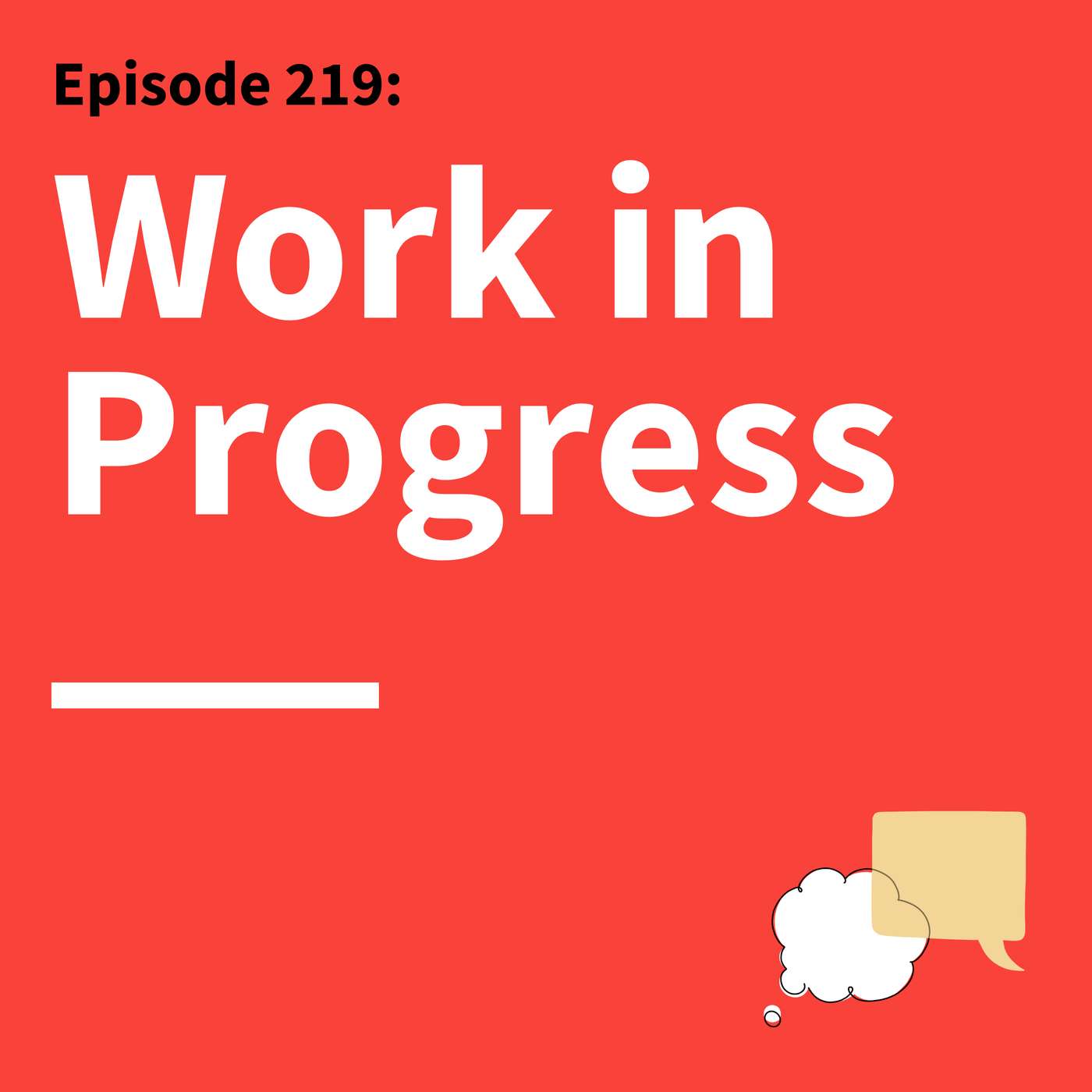
When communicating with their employees, most firms have no idea who they’re talking to.
Good communication is about knowing your audience. But if your organization is only focused on knowing your customers, James Root says you're forgetting a whole other cohort: your employees.
Root is a senior partner at Bain & Company, Chair of Bain Futures, and author of The Archetype Effect, in which he reveals a simple but overlooked truth: people want different things from their jobs. Despite this, most companies’ approach to employee motivation and reward is one-size-fits-all. “Every aspect of the...
218. Teaching Truths & Tactics: Live Lessons From Stanford in Cape Town

Real connection means understanding your audience, staying true to yourself, and creating space for others.
How do you communicate who you are, what you stand for, and leave space for others to do the same? At the Stanford Seed Summit in Cape Town, South Africa, three GSB professors explored why real connection is built through authentic communication.
For Jesper Sørensen, authentic organizational communication means talking about a business in ways customers or investors can understand, like using analogies to relate a new business model to one that people already know. For i...
217. Rethinks: How to Build Deep Connections

How to be a skilled conversationalist in work, love, and life.
Whether you’re trying to build a romantic or professional connection, Rachel Greenwald’s advice is exactly the same. “Focus on how you make someone feel more than you focus on the words that you're saying,” she says.
As a professional coach, Greenwald helps people develop better communication skills, from executives in the business world to singles in the dating world. Building deep connections may at times be challenging, but as Greenwald says, it’s ultimately not complicated. “You're demonstrating that you're interested in someone and t...
216. Wired for Words: A Neuroscientist’s Guide to Influence

Understanding your audience's psychology is the key to crafting communication that resonates.
Persuading others isn't about magic spells or mind-reading tricks. According to Emily Falk, the real secret is simpler: know what your audience finds relevant, and you’ll be able to craft a message that resonates.
Falk is a professor of communication, psychology, and marketing at the University of Pennsylvania, Vice Dean of the Annenberg School of Communication, and director of the Communication Neuroscience Lab. In her book What We Value: The Neuroscience of Choice and Change, she reveals that our br...
215. The New Media Landscape: Trust, Transparency, and Transformation
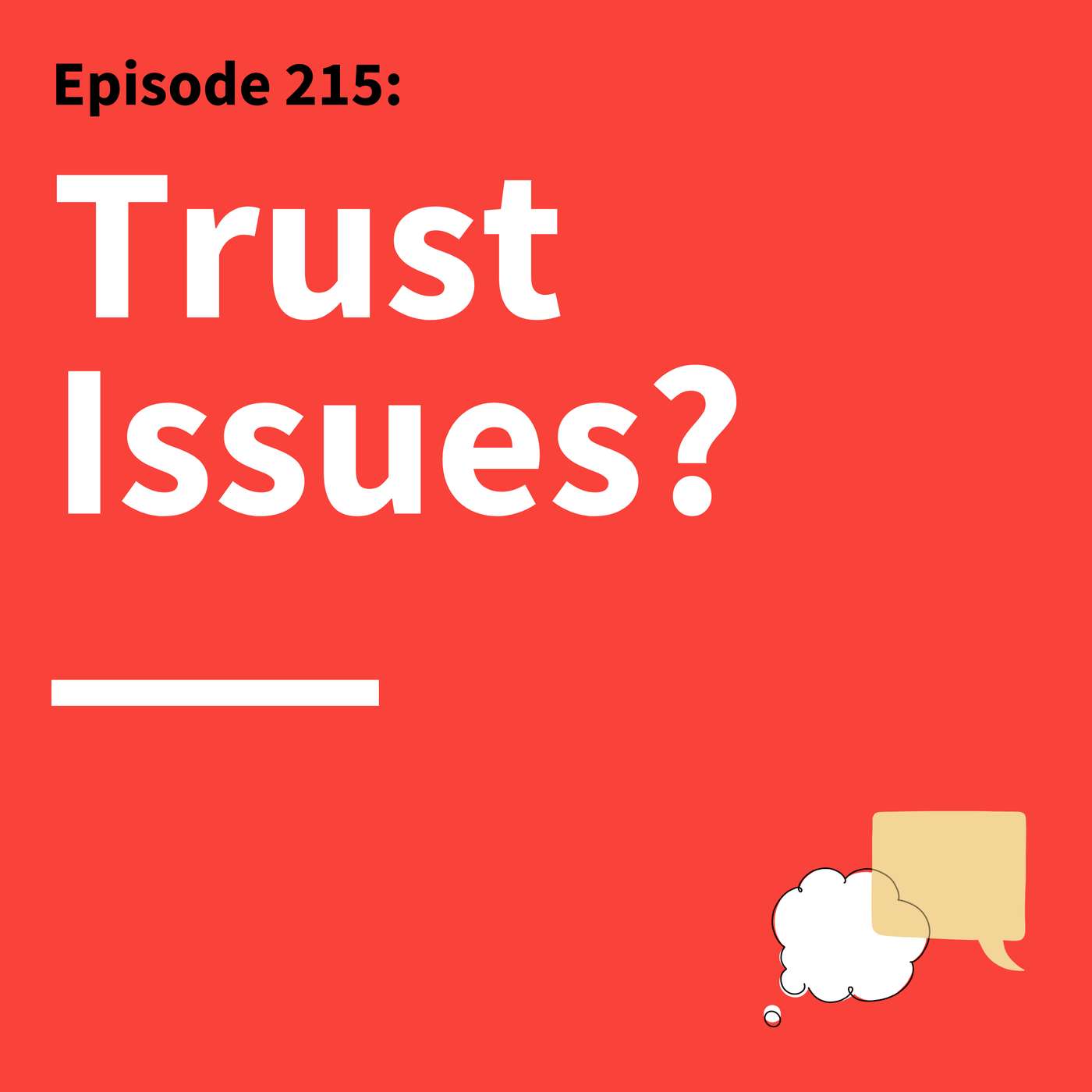
For your communication to be credible, you can’t just say it — you have to do it.
Want people to believe what you say? According to Richard Edelman, the words you choose only get you halfway there. To build real trust, he says, you have to practice what you preach.
“Action builds trust,” says Edelman. “If you don't do something, you can't talk about it.” As the president and CEO of Edelman, a leading global communications marketing firm, Edelman is widely recognized for his thought leadership in marketing and PR, especially on issues related to corporate...
214. From Crisis to Clarity: Simplicity, Feedback, and the Art of Being Heard
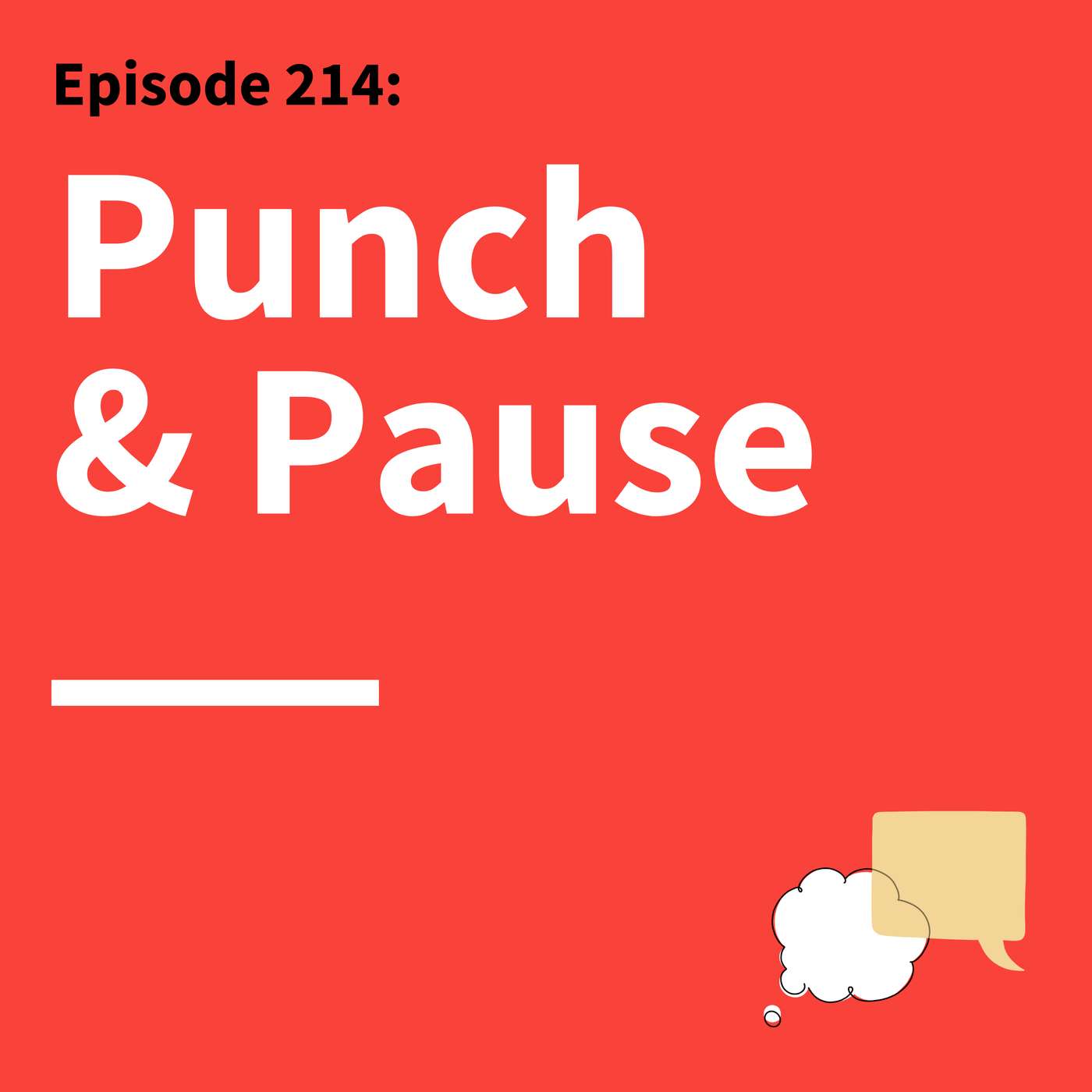
How to communicate clearly in any context, from newsrooms to the world stage.
All good communication, whether spoken or written, is built on the same foundation. In everything from police reporting for a newspaper to serving as spokesman for the Pope, Greg Burke has found the key: "Keep it as simple as possible."
Burke has worked as a journalist for Time Magazine and Fox News, as Director of Communications at IESE Business School in Barcelona and Madrid, and even as a communications advisor and spokesman for the Vatican. Across his varied experiences, he’s fo...
213. Rethinks: Building Trusting Relationships Through Communication
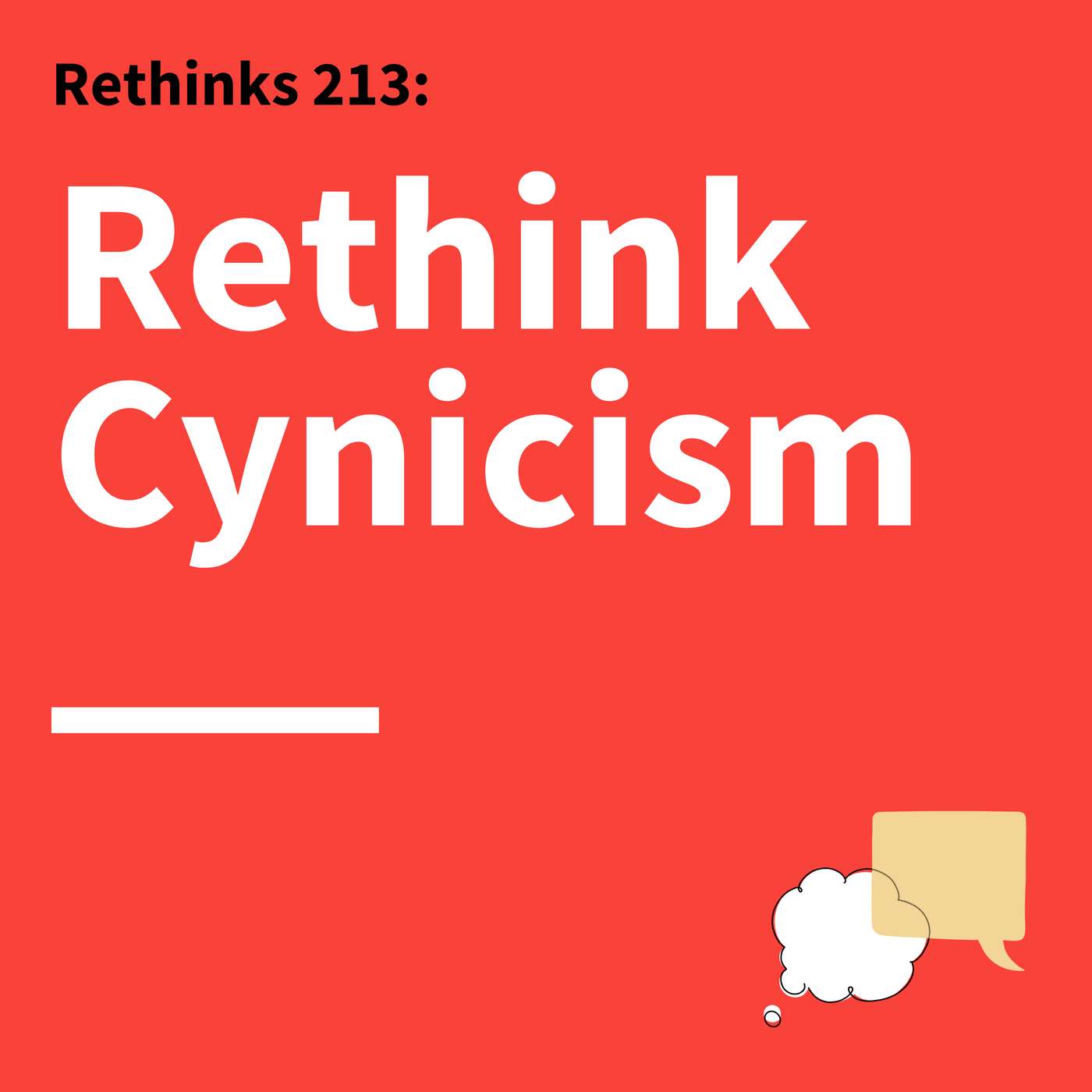
How to turn doubt and suspicion into hopefulness and trust.
There’s a lot in the world to make us cynical about other people and their motives and intentions. But by “trusting loudly,” Professor Jamil Zaki believes we can renew our faith in one another.
Zaki is a professor of psychology at Stanford, director of the Stanford Social Neuroscience lab, and author of several books, including his most recent, Hope for Cynics: The Surprising Science of Human Goodness. While many people feel suspicious of others and are reluctant to trust them, Zaki finds...
212. Break It to Make It: Disrupt Your Way to the Perfect Job Fit
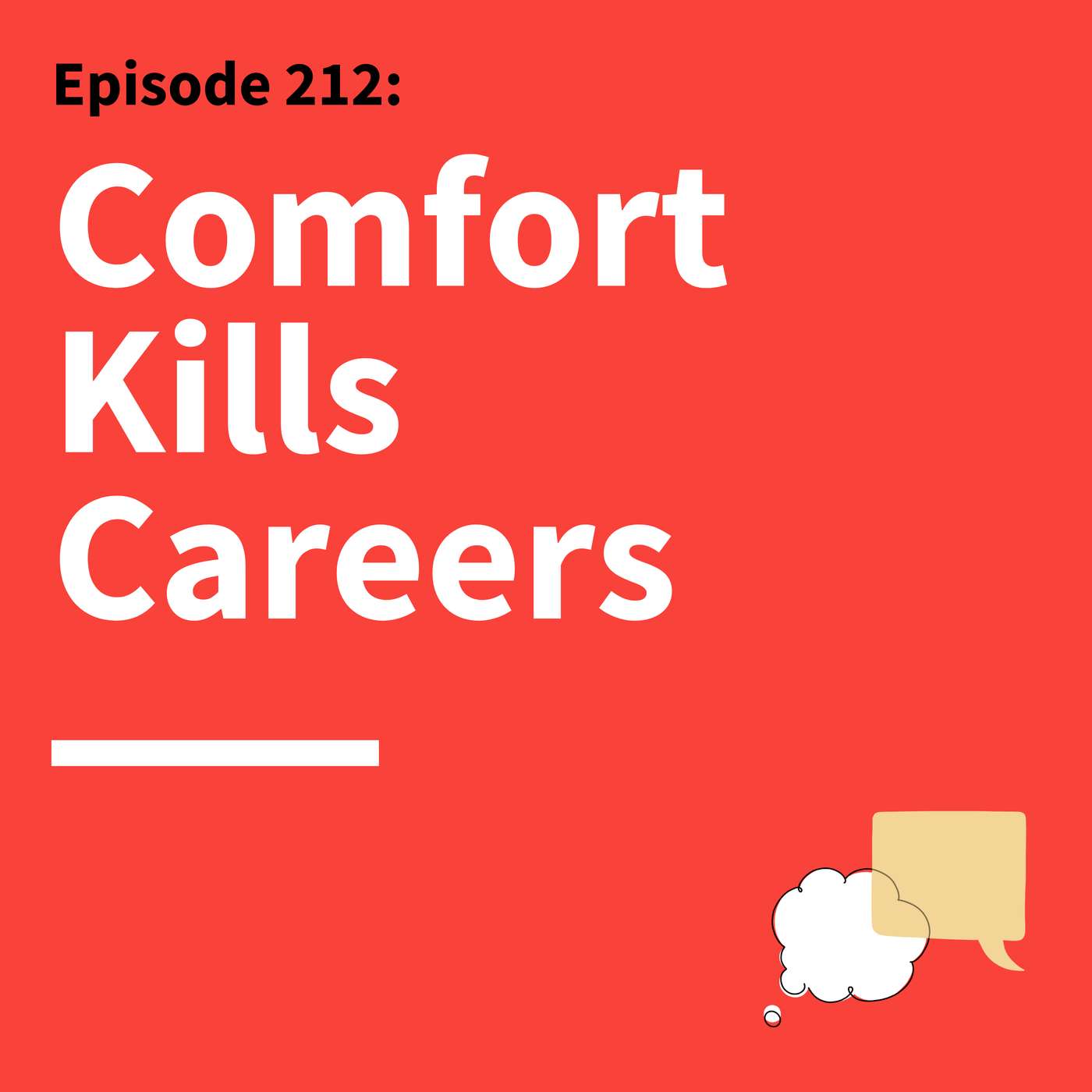
Career growth starts with stepping outside your comfort zone.
Building a successful career isn’t about following a set path—it’s about knowing when to evolve and embracing change. Whitney Johnson believes that success comes from disrupting yourself—challenging routines, stepping into discomfort, and continuously evolving. “People think staying in their comfort zone is the safe choice,” she explains, “but real growth happens when we take intentional risks.”
As a bestselling author and leadership expert, Johnson has spent years helping individuals and organizations navigate change. She breaks down the S-curve of learning, a framework that helps profession...
211. Small Screens, Strong Signals: Mastering Modern Communication
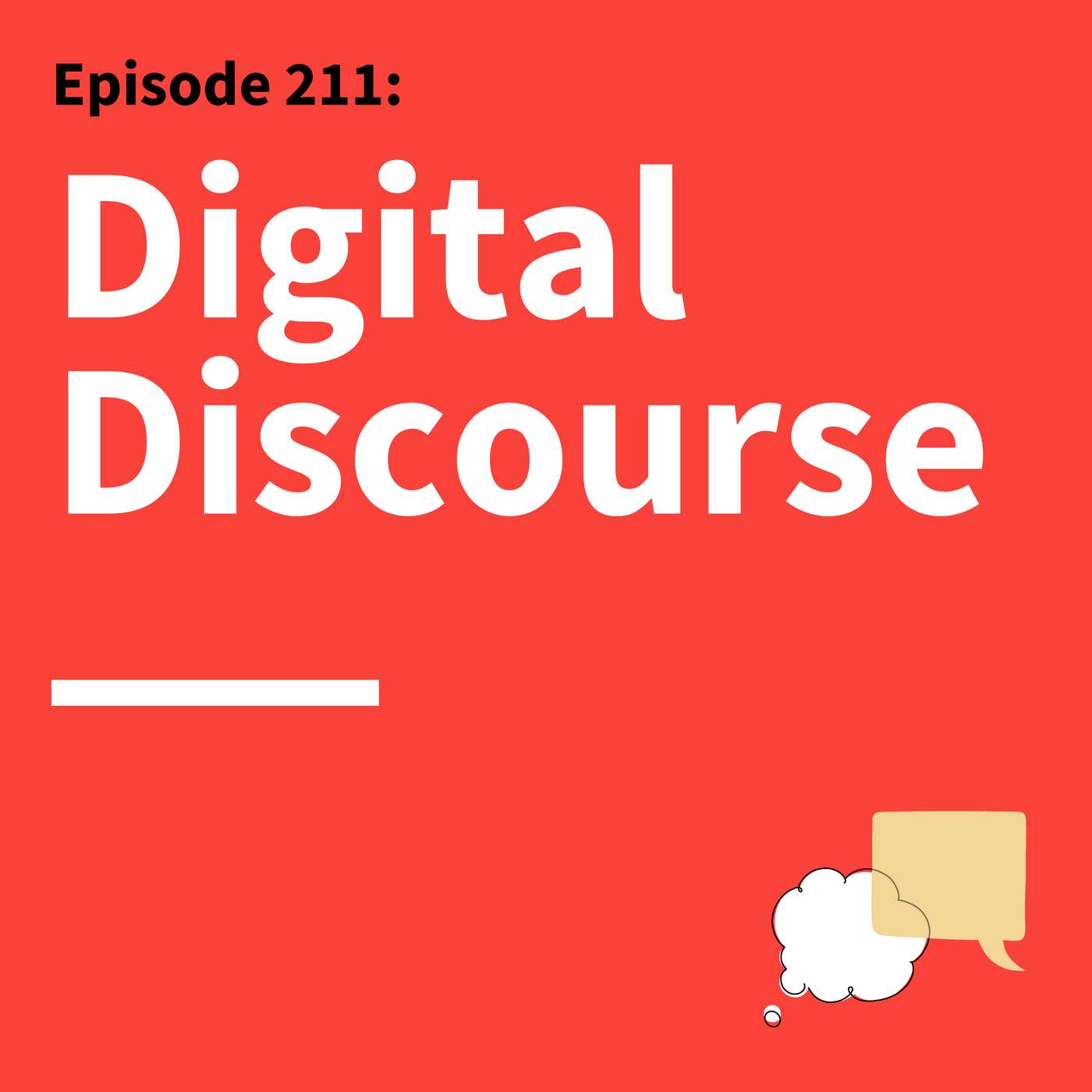
In the age of virtual communication, here’s how to ensure your messages convey what you mean.
Texts. Emails. Slacks. Zooms. We’re communicating in more ways than ever, but Andrew Brodsky has a word of warning: Your virtual communication might be sending messages you’re not aware of.
Brodsky is the author of PING: The Secrets of Successful Virtual Communication. And as a professor of management at the University of Texas McCombs School of Business, he researches the impact of technology on workplace communication. “In virtual communication, there's often missing information,” he says. “As recipient...
210. First Impression to Lasting Impact: Use Status Strategically
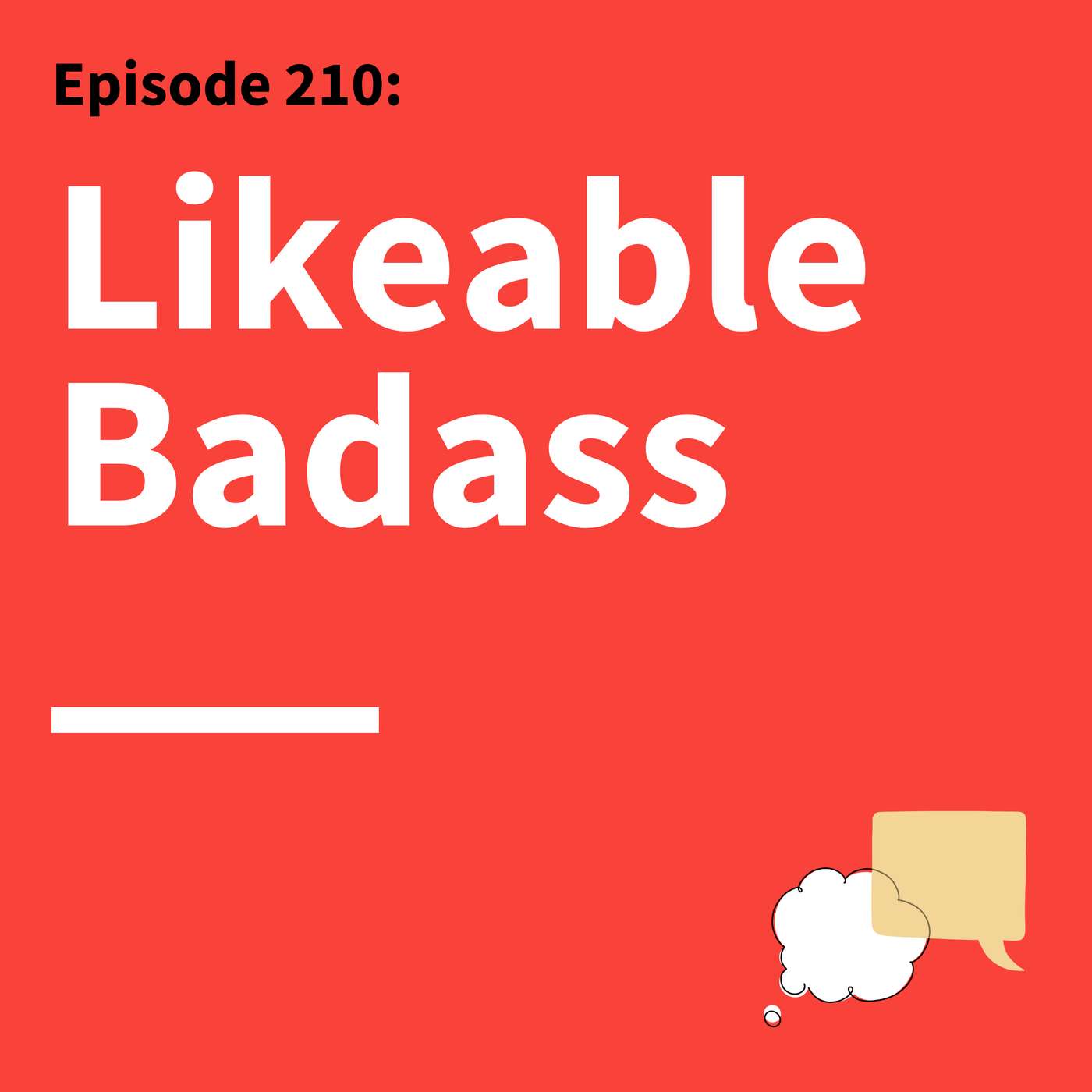
Career success takes a status boost, not a power grab.
How do you chart the career course you’ve always imagined? According to Alison Fragale, it’s about gaining influence through status, power, and ultimately, being “a likeable badass.”
As a research psychologist, professor, speaker, and author, Fragale is on a mission to help women take control of their careers. In her book Likeable Badass: How Women Get the Success They Deserve, she argues that most people have it backwards when pursuing career advancement. "We have talked for a long time [about] getting more power,"...
209. Find Your Fit, Find Your Focus - Catalyze Your Career
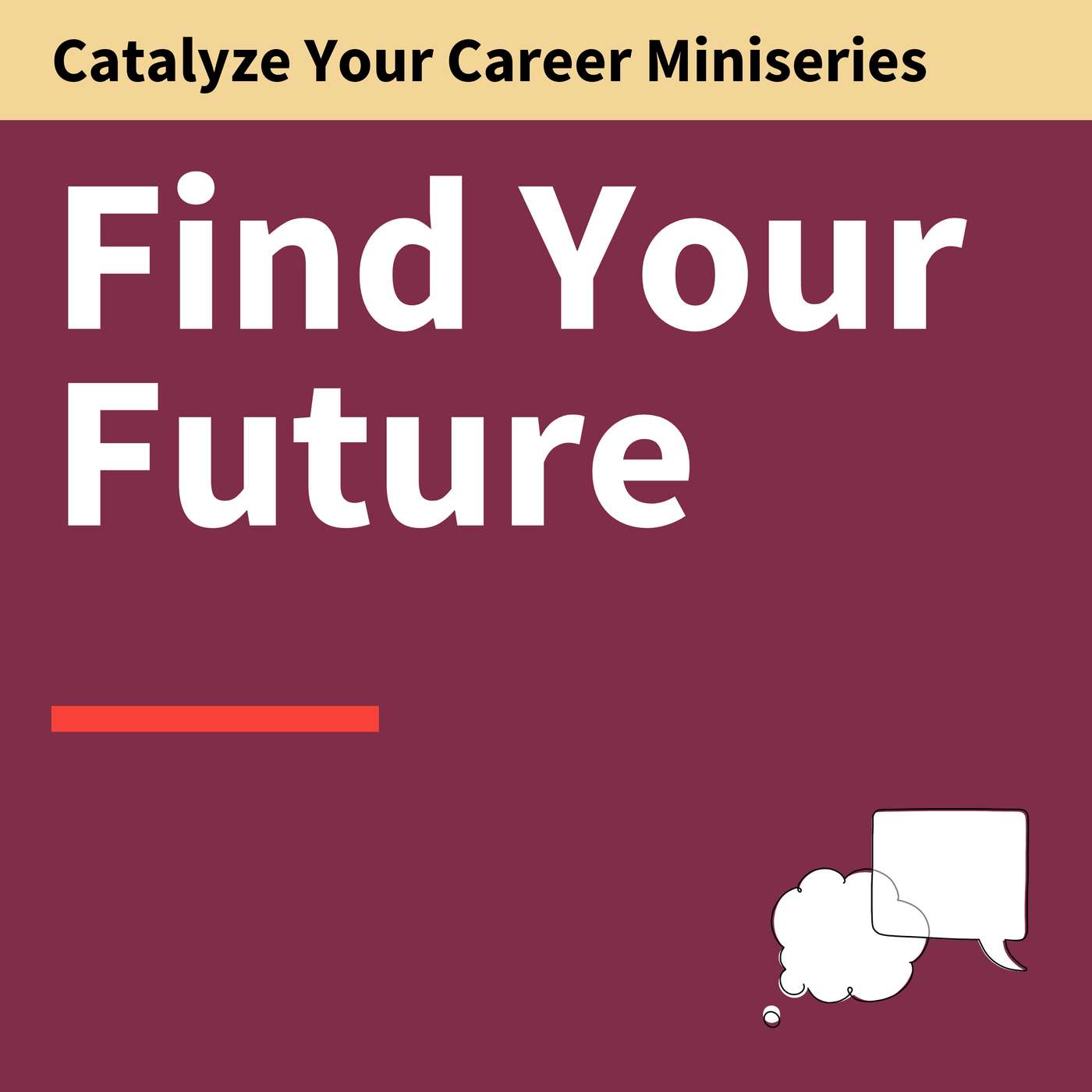
How to turn curiosity, clarity, and AI into your most powerful job search tools.
Job search isn’t just about landing your next role—it’s about understanding who you are and how you want to show up in the world. According to Andrew Seaman, Senior Managing Editor for Jobs and Career Development at LinkedIn, that process begins with curiosity, not certainty. “People assume they need to apply to dozens of jobs with a perfect résumé,” he explains. “But the best applications are rooted in self-awareness and strategy—not spray-and-pray.”
Instead of rushing to the next opport...
208. Ambiguity to Action: Tensions and Trade-Offs of Leadership and Communication
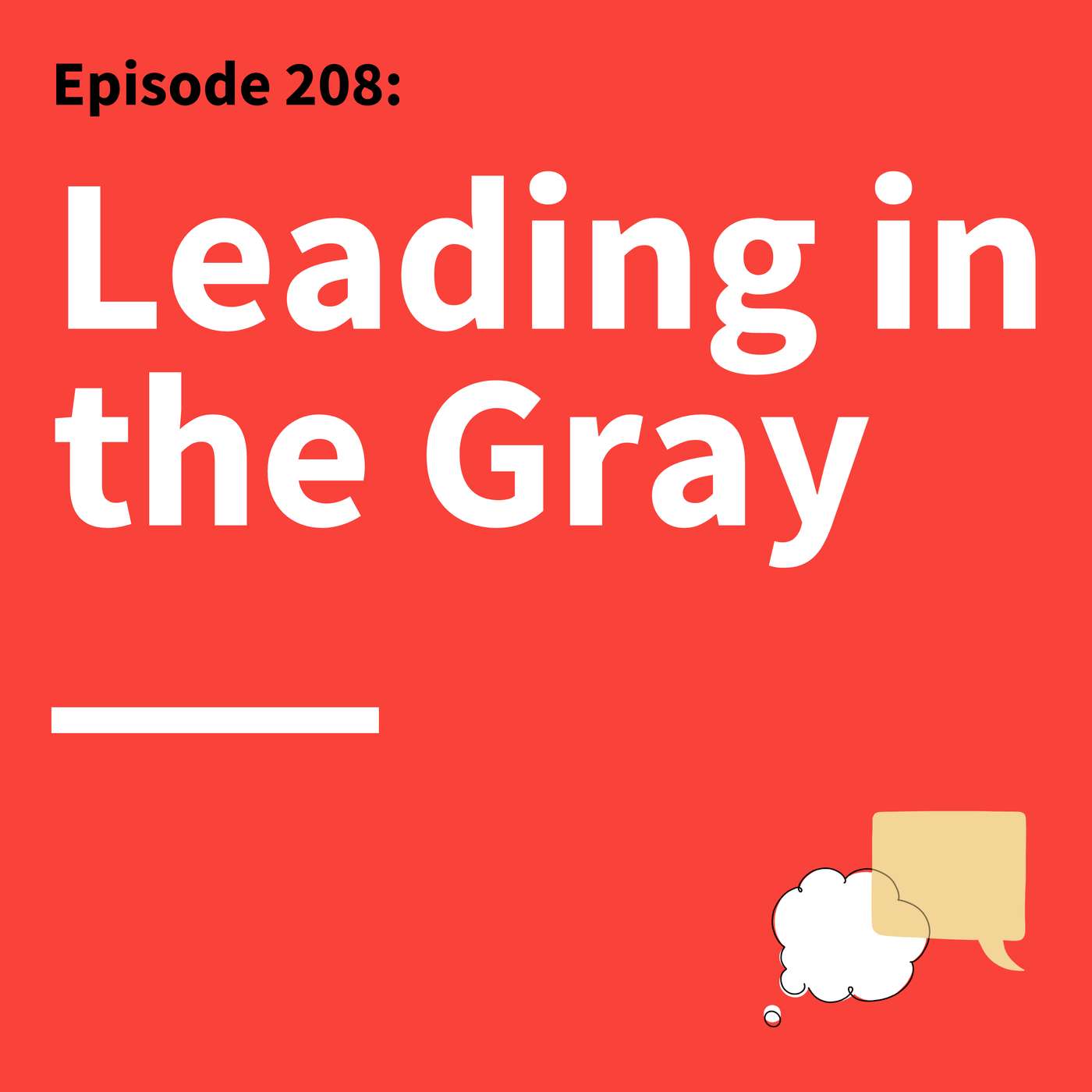
Amidst constant change, clear communication is the key to navigating uncertainty.
How do you communicate with others when you’re confused yourself? For Rob Siegel, leadership isn’t about avoiding uncertainty, it’s about embracing the clarity that ambiguity can bring.
"What if ambiguity is the new normal?" asks Siegel, a venture investor and lecturer at Stanford Graduate School of Business. From rapidly evolving AI to ratcheting geopolitical tensions, every day brings a “crisis du jour,” he says. “I may like it, I may not like it. That doesn't really matter, but I've gotta g...
207. From Conflict to Connection: Having Crucial Conversations that Count

How victim, villain, and helpless stories sabotage our most important conversations.
The hardest conversations aren’t just about what you say to the other person. According to Joseph Grenny, critical conversations begin with the stories that you tell yourself.
As a leading expert on business performance and communication, and a New York Times bestselling co-author of Crucial Conversations, Grenny explains that navigating high-stakes communication starts by examining the internal narratives we bring into these situations. “You and I use three consistent types of stories in these moments that don't serve us well,” he say...
206. Crafting Narratives That Motivate: What’s Your Strategy Story?

Great strategy starts with a question—and a story worth believing in.
A good strategy isn’t just built—it’s told. For Martin Reeves, chairman of the BCG Henderson Institute and author of The Imagination Machine and Like: The Button That Changed the World, strategy and imagination are both deeply communicative processes, rooted in storytelling, curiosity, and the courage to reframe assumptions.
“A strategy is really just a special kind of story,” Reeves explains. “It begins with the present and aspires to a different future—it’s fiction made actionable.” To bring that fiction to life, leaders mus...
205. Say What Sucks: Catalyzing Organizational Change with AI
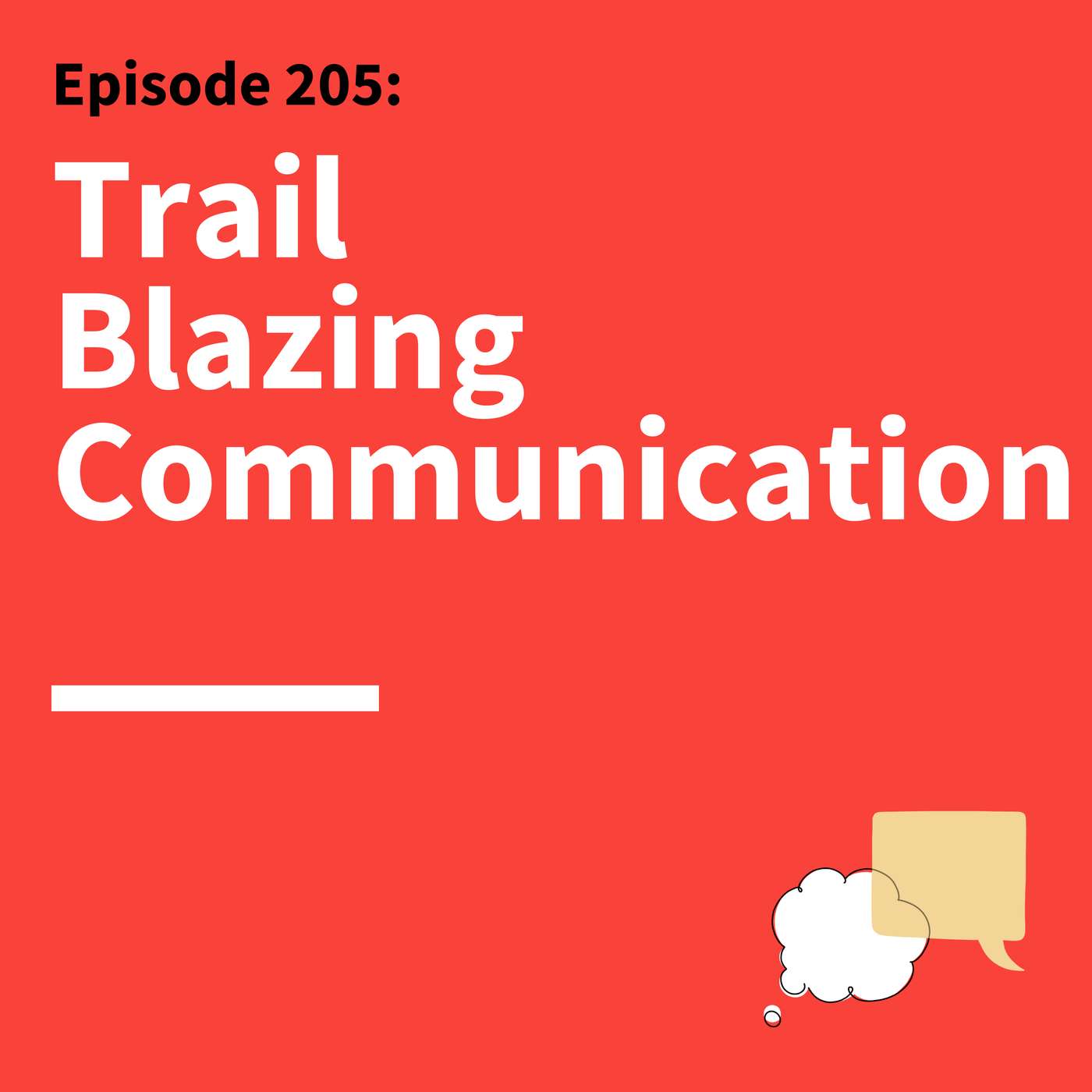
A live SXSW panel on how employee complaints illuminate the path to organizational innovation.
Wrong question: How can AI revolutionize productivity in my organization?
Right question: What do my employees hate most about their jobs?
For the Portland Trail Blazers, a winning game plan for AI implementation didn’t begin with a tech-first approach — it began with a talk-first one. “The whole concept was to talk about pain points," explains David Long, VP of Digital Innovation, describing the "Lunch and Launch" sessions where employees could openly share frustr...
204. Tough Talks: Turn Tension Into Trust
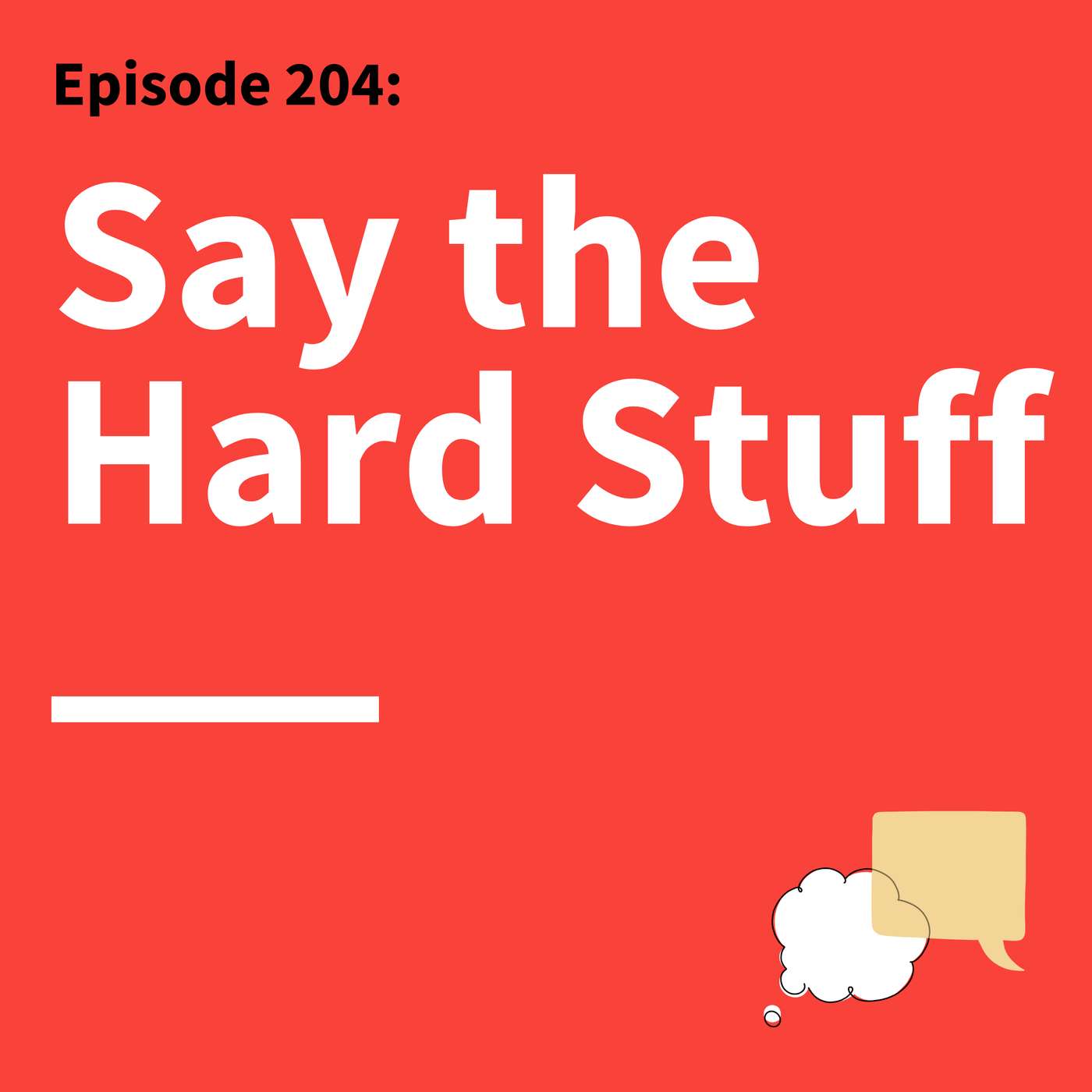
How to have the conversations that are most difficult — and most important.
Before you can have hard conversations with others, you need to have an honest conversation with yourself. That's the counterintuitive advice from Sheila Heen, who says our own internal narratives often derail our attempts at negotiation and conflict resolution.
"The first negotiation is actually a negotiation I have with myself about my own story," explains Heen, a Harvard Law School lecturer and co-author of Difficult Conversations: How to Discuss What Matters Most. When entering challenging interactions, she recommends a powerful sh...
203. No Script, No Problem: Final Secrets to Speaking Under Pressure (Bonus)
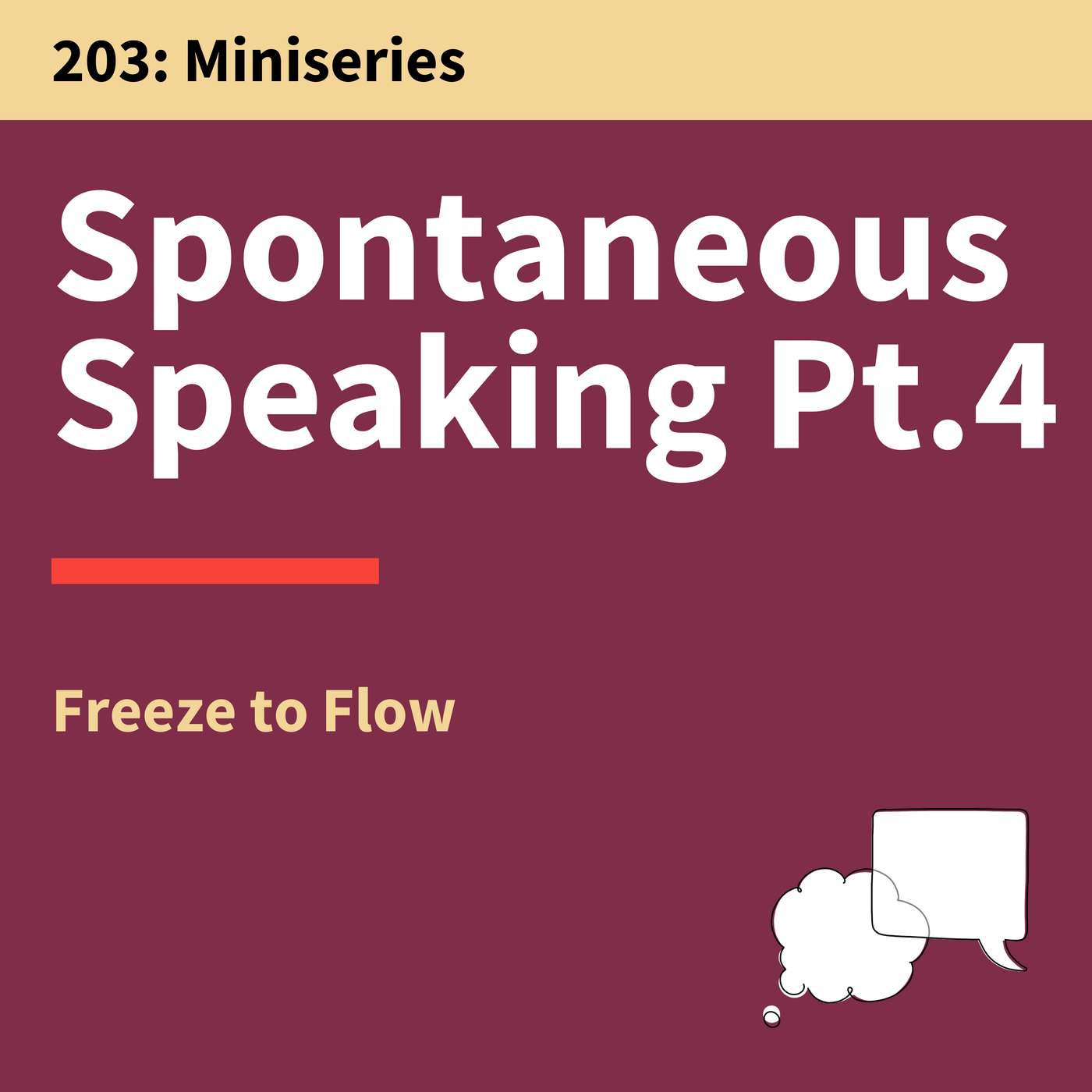
Stay sharp, sound confident, and speak with impact — even when you're put on the spot.
Communicating clearly is challenging enough when there’s time to prepare. But in most situations — whether in meetings, casual conversations, or high-stakes moments — we rarely have the luxury of scripting our words. We must think and speak in real time.
Spontaneous communication is a daily challenge, yet few of us receive formal training in how to handle it with poise and confidence. So how can we stay composed and communicate effectively when put on the spot? Drawing on years of...
202. Own Your Brand: How to Communicate with Presence and Impact
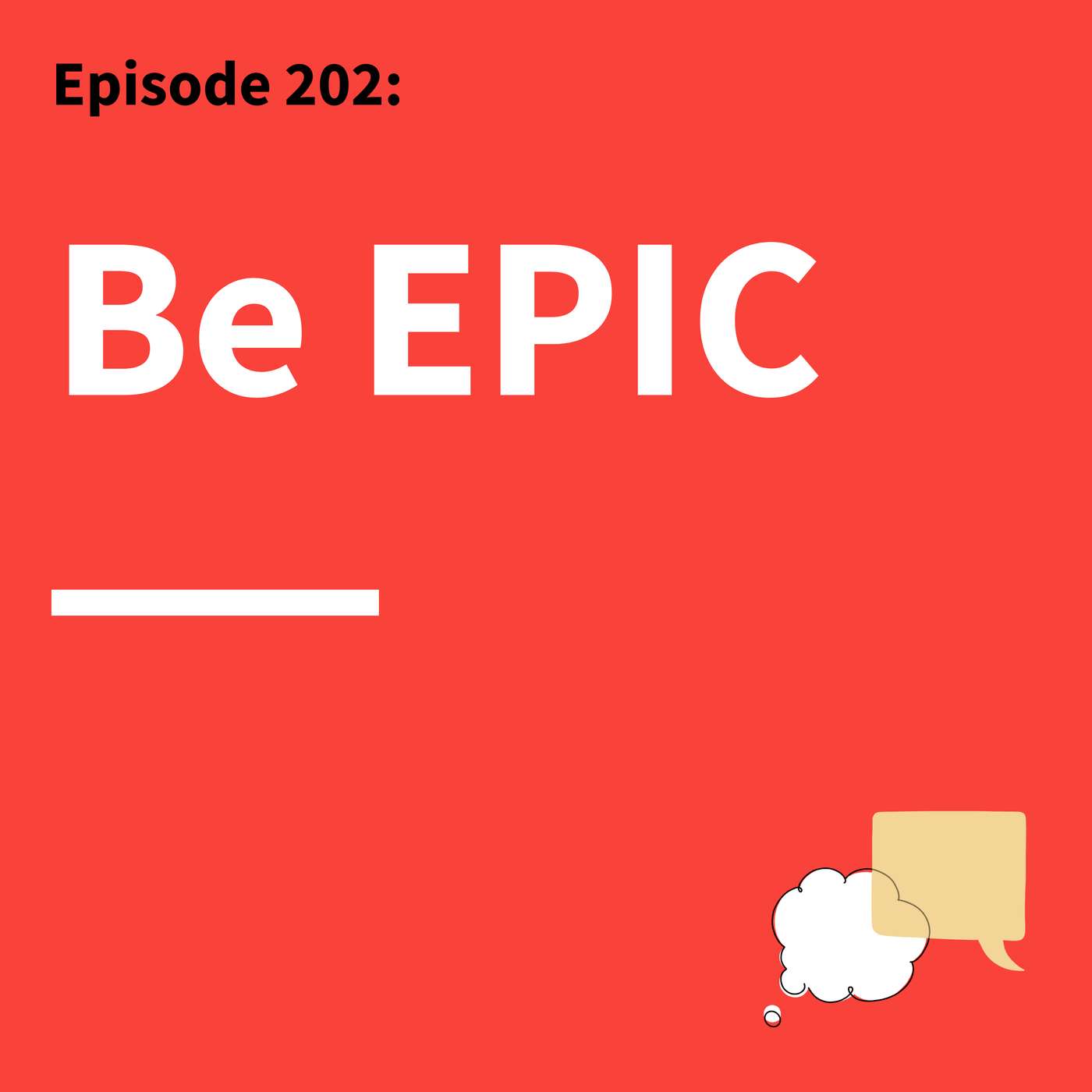
The power of creating the reputation you want to have.
Whether you know it or not, you have a brand. What that brand is, says Lorraine Lee, doesn’t happen by accident. “You can either form and create it, or you can let people define it for you.”
A teacher, content creator, speaker, and author of Unforgettable Presence: Get Seen, Gain Influence and Catapult Your Career, Lee helps people improve their communication presence and define their personal and professional brands. “Your brand is essentially your reputation,” she says. And while she acknowledges that “it can feel int...
201. Ballpark to the Boardroom: How Alex Rodriguez Hits a Communication Home Run
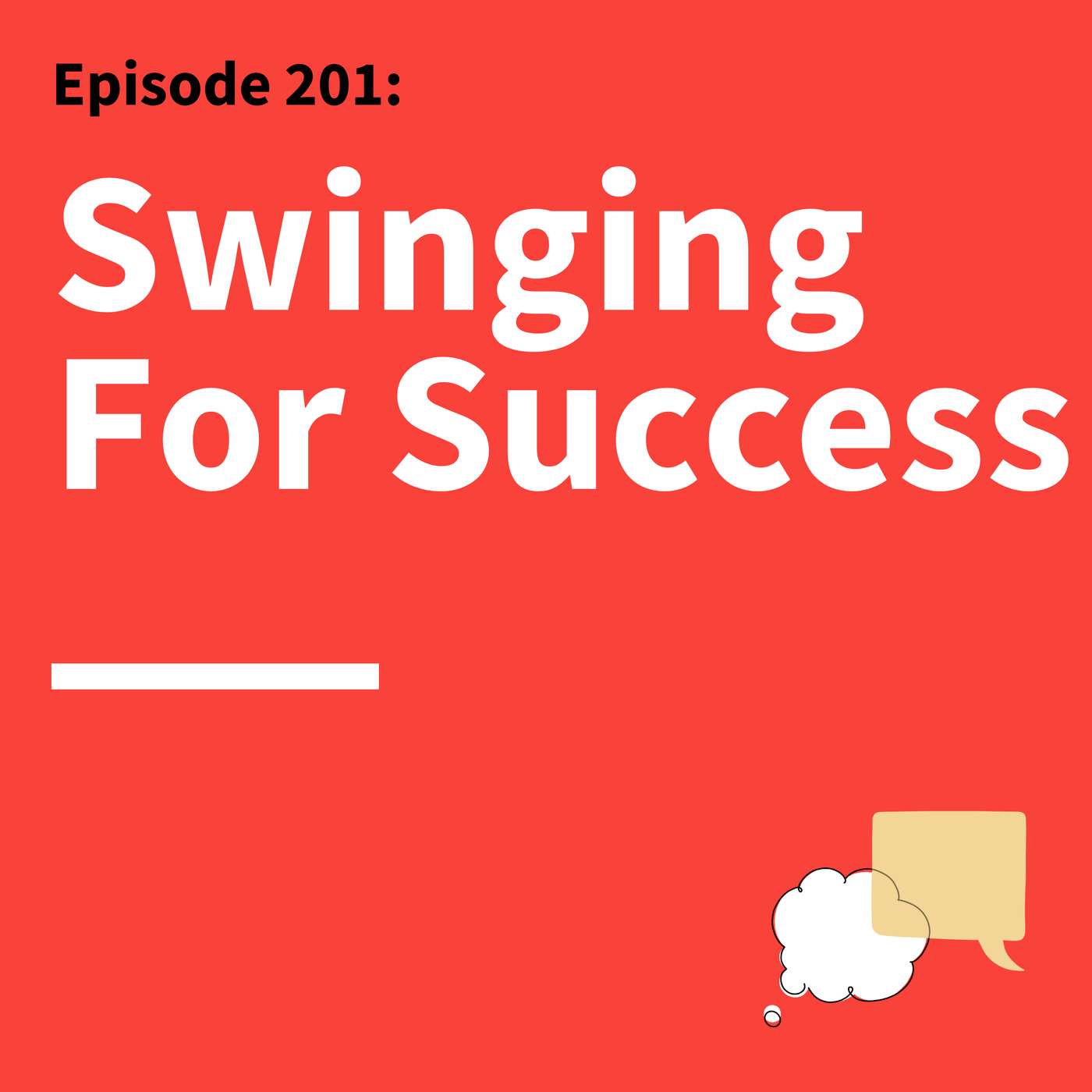
Alex Rodriguez shares why in sports and business, striking out is just a part of the game.
From the baseball field to the boardroom, great communication is critical for success. But as Alex Rodriguez knows, we don’t always hit it out of the park. For this sports superstar turned entrepreneur, striking out is never the end of the story.
“I'm fifth all-time in the history of strikeouts,” says Rodriguez. “That means there's only four people in the history of mankind that have failed more than me.” For the 14-time Major League Baseball All-Star and World...
200. Four Keys for Focused Communication: Live Lessons from Our 200 Episodes
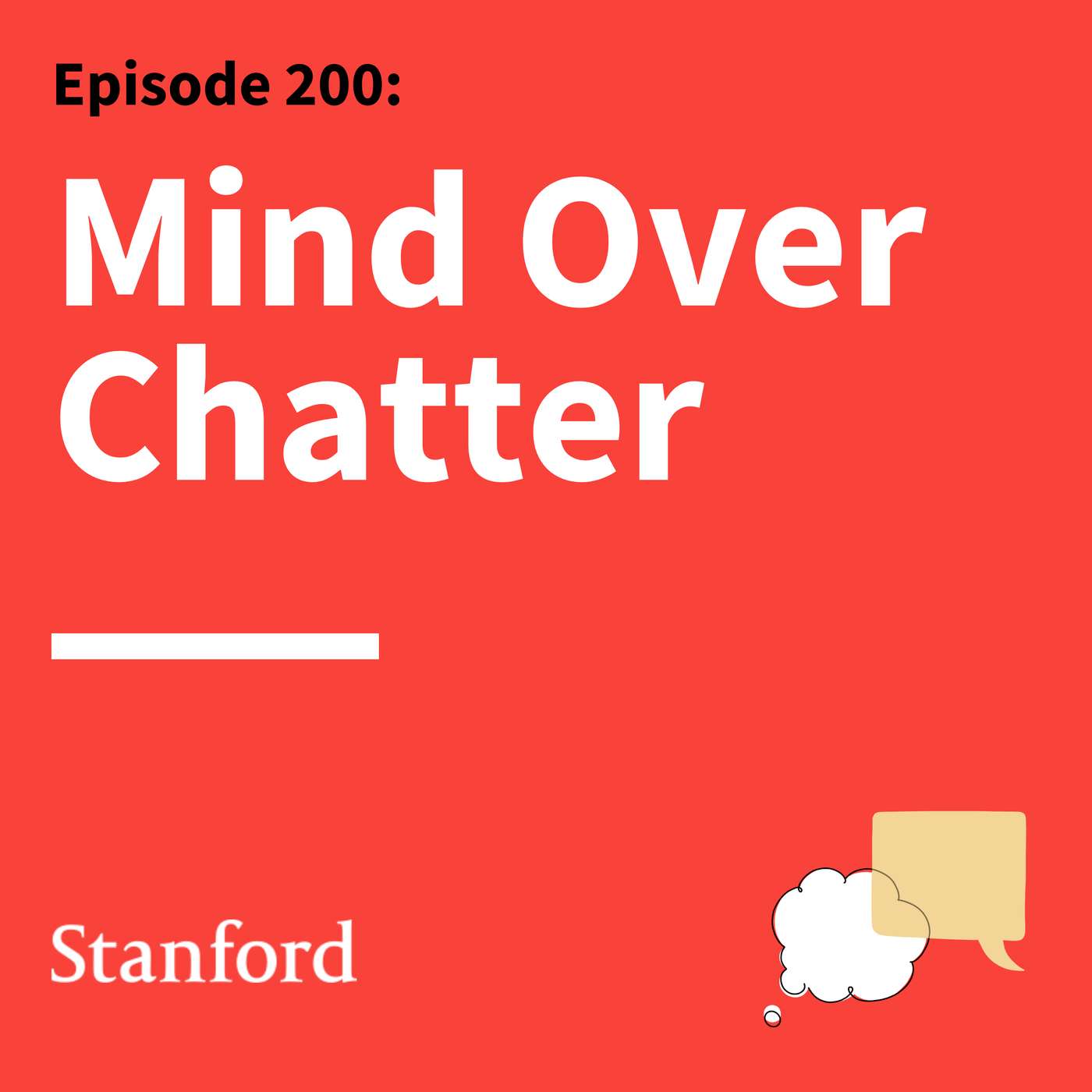
This live Q&A with host Matt Abrahams celebrates 200 episodes of Think Fast, Talk Smart.
In an age of endless content and information, how do we ensure our communication cuts through the noise? Across 200 episodes of Think Fast, Talk Smart, host Matt Abrahams has discovered four essential ingredients that help messages rise above the chatter: concision, relevance, accessibility, and precision.
“Attention is our most precious commodity in the world today, and we need to make sure that we engage our audience so we get their attention,” says Abrahams in this special 200th episode. How do w...
199. Blunder Pressure: Mastering In-the-Moment Communication (3 of 3)
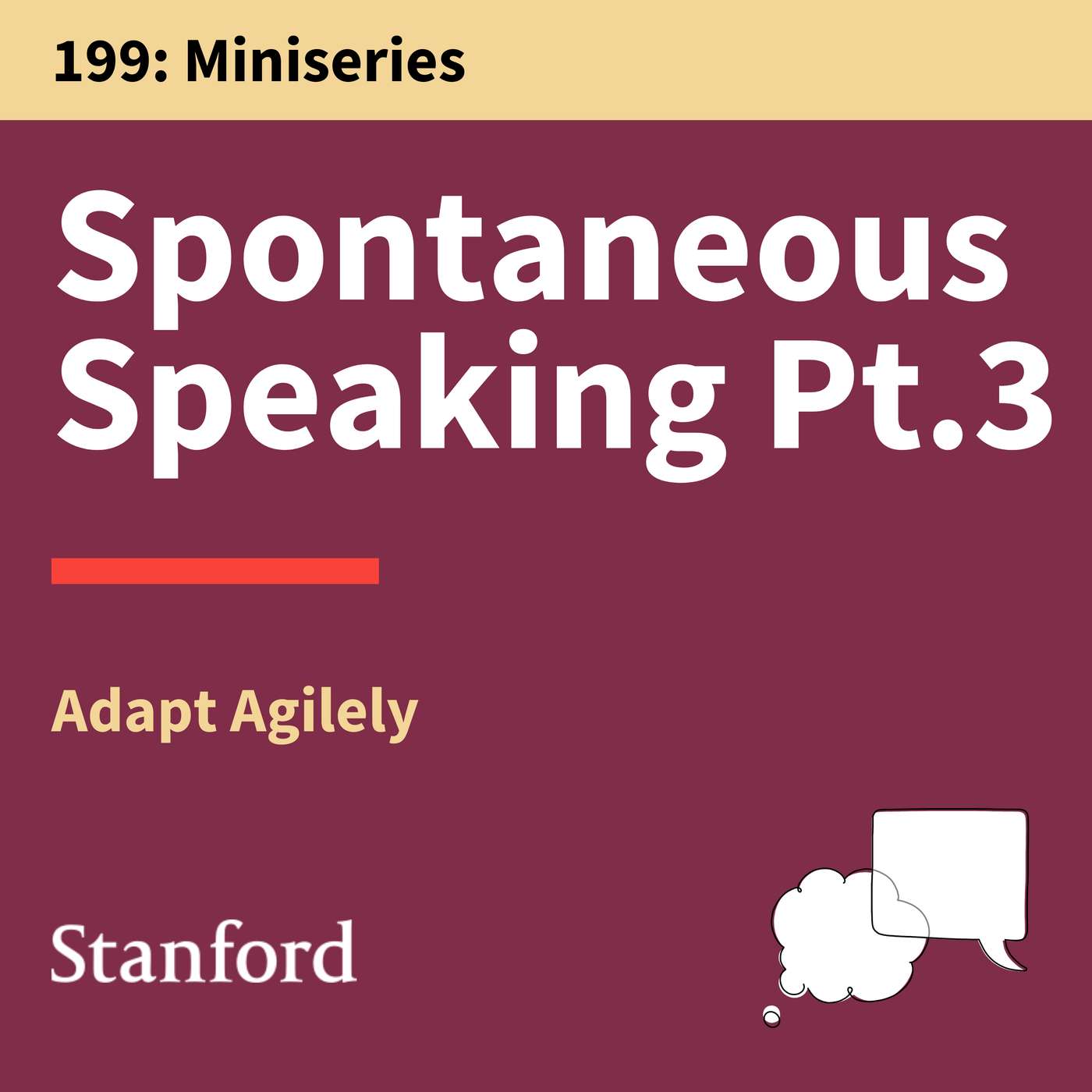
This three-part miniseries is all about keeping your cool when speaking on the spot.
Communicating effectively can be challenging enough, even with plenty of time to prepare what we want to say. But for most of our communication, there’s no time to plan, practice, or perfect — we have to respond in the moment.
Spontaneous communication is a part of our everyday lives, but few of us have been trained to handle these impromptu situations with confidence. What does it take to flow, not freeze, when put on the spot? This special three-part series turns to e...
198. Pause and Effect: Mastering In-the-Moment Communication (2 of 3)
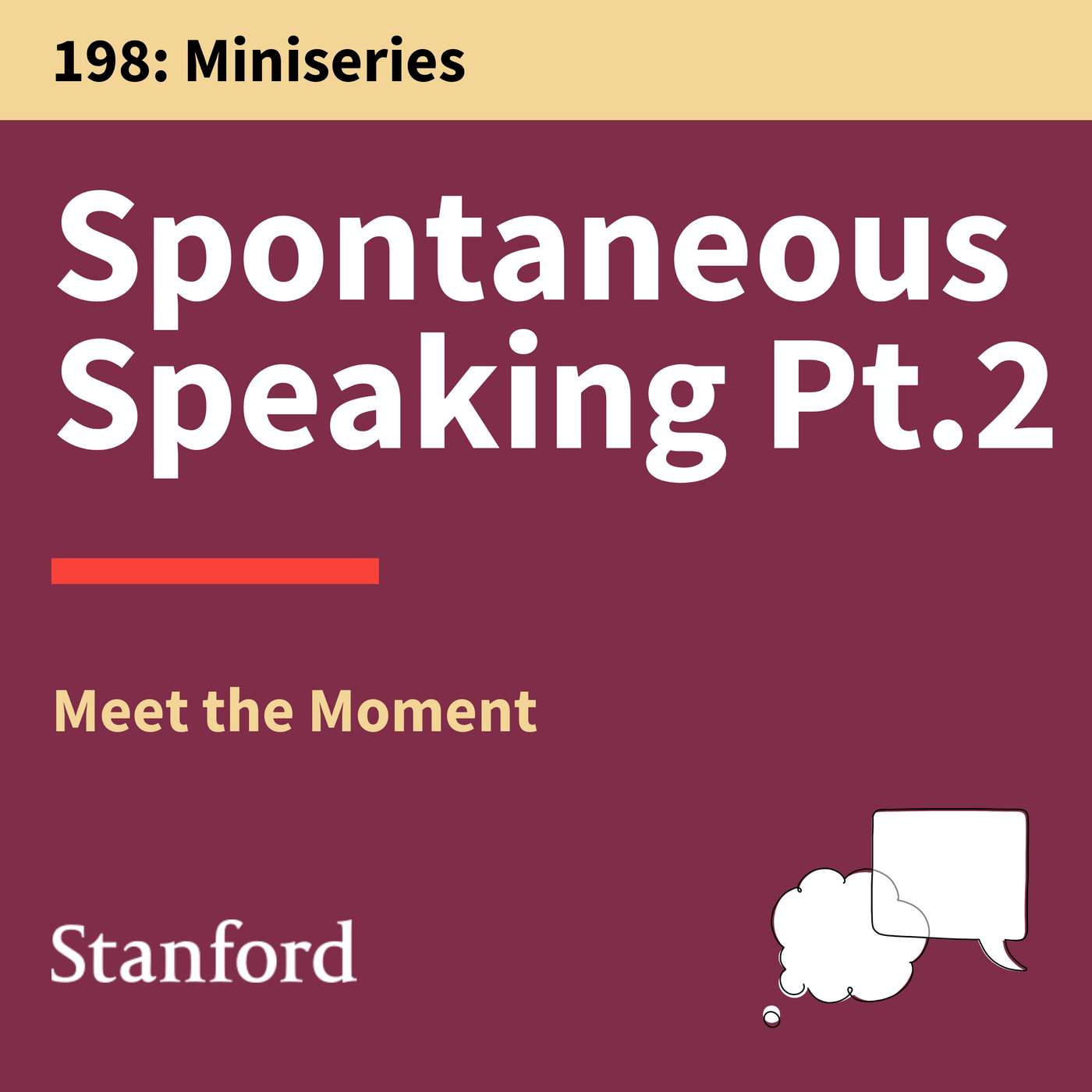
This three-part miniseries is all about keeping your cool when speaking on the spot.
Communicating effectively can be challenging enough, even with plenty of time to prepare what we want to say. But for most of our communication, there’s no time to plan, practice, or perfect — we have to respond in the moment.
Spontaneous communication is a part of our everyday lives, but few of us have been trained to handle these impromptu situations with confidence. What does it take to flow, not freeze, when put on the spot? This special three-part series turns to e...
197. Prep or Perish: Mastering In-the-Moment Communication (1 of 3)
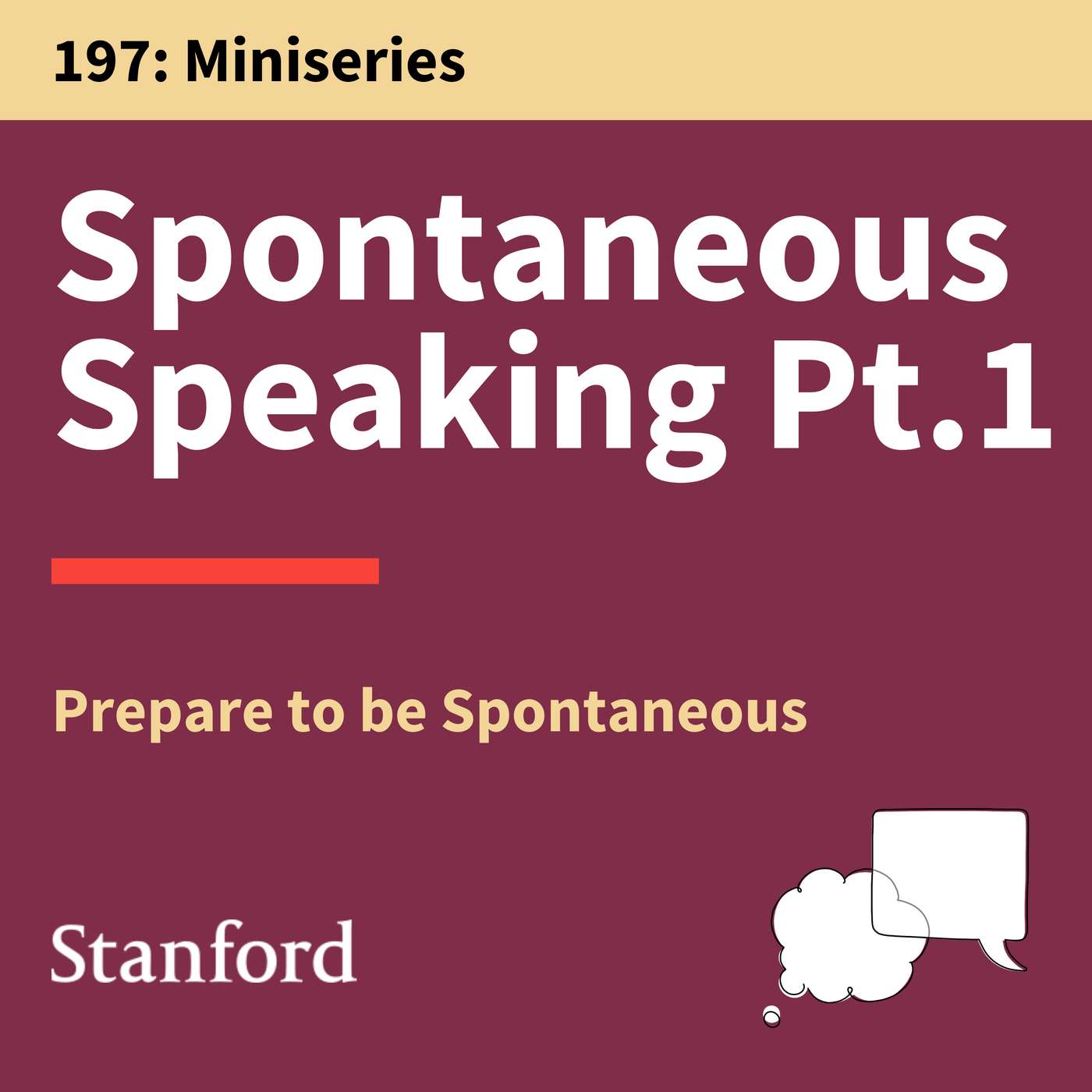
This three-part miniseries is all about keeping your cool when speaking on the spot.
Communicating effectively can be challenging enough, even with plenty of time to prepare what we want to say. But for most of our communication, there’s no time to plan, practice, or perfect — we have to respond in the moment.
Spontaneous communication is a part of our everyday lives, but few of us have been trained to handle these impromptu situations with confidence. What does it take to flow, not freeze, when put on the spot? This special three-part series turns to e...
196. Ditch the Dictionary: Communicate Confidently Through Connection
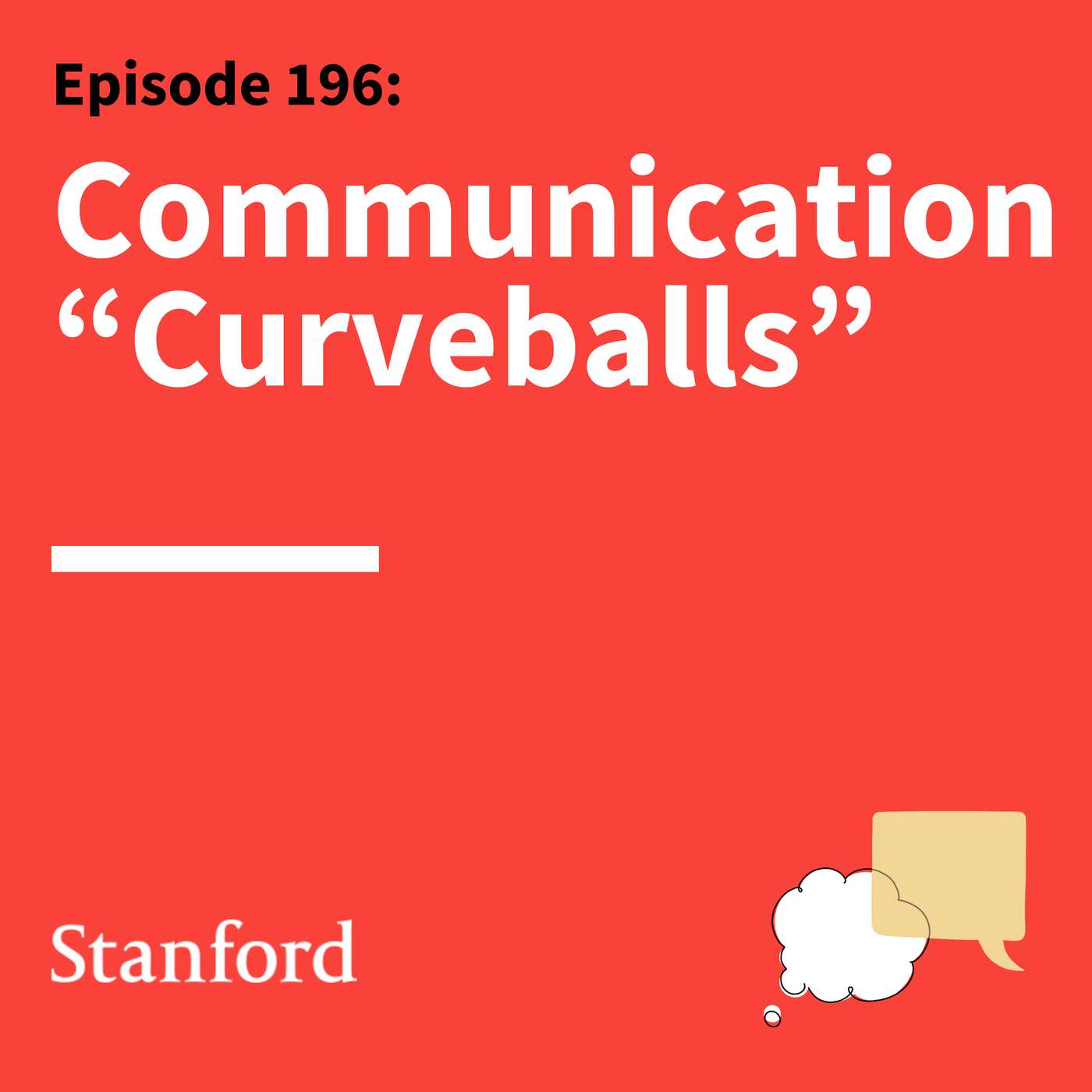
Communication isn’t about perfect word choice, it’s about connecting with others.
For native speakers and language learners alike, communicating comes with all kinds of challenges. But no matter how much we stumble over our words, Lindsay McMahon says communication isn’t about perfection — it’s about connection.
The CEO and founder of All Ears English and host of the All Ears English podcast, McMahon is on a mission to help non-native English speakers around the world hone their ability to communicate and connect. Whether you’re forming your first sentences in a new language or...
195. Q&A on Conflict, Confidence, and Connection: Me2We 2025 Part 2
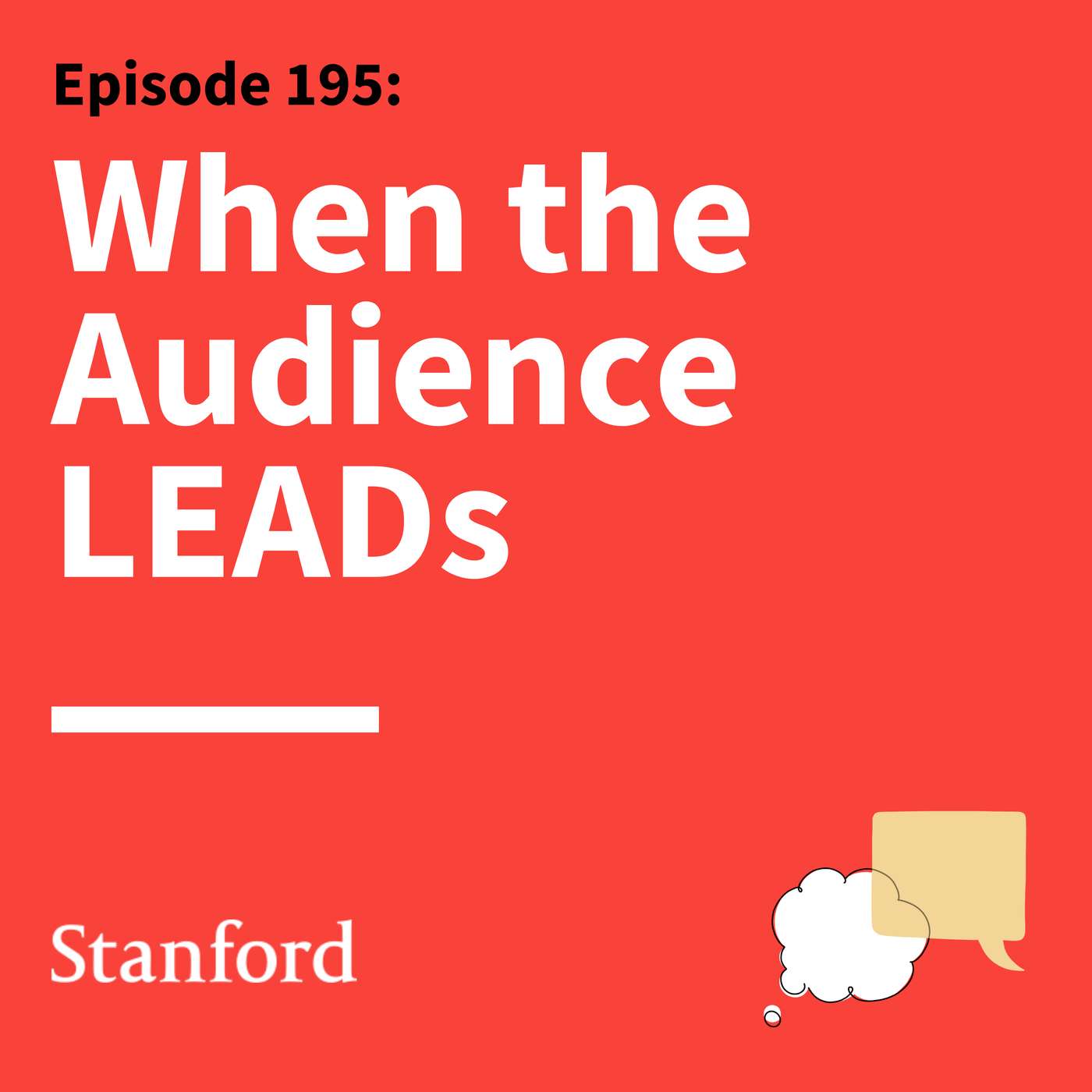
Stanford experts answer live questions on leadership, authenticity, and communication.
What happens when four top Stanford thinkers take live questions from a room full of leaders? In Part 2 of this special Think Fast, Talk Smart series from the Stanford LEAD Me2We Conference, Matt Abrahams and his panel of expert GSB faculty—Allison Kluger, Naomi Bagdonas, Christian Wheeler, and Nir Halevy—answer questions from a live audience. They cover real-world challenges around leadership, authenticity, psychological safety, and managing your reputation in complex environments. With honest reflections and actionable advice, their answers offer a candid look at what it t...
194. Live Lessons in Levity and Leadership: Me2We 2025 Part 1
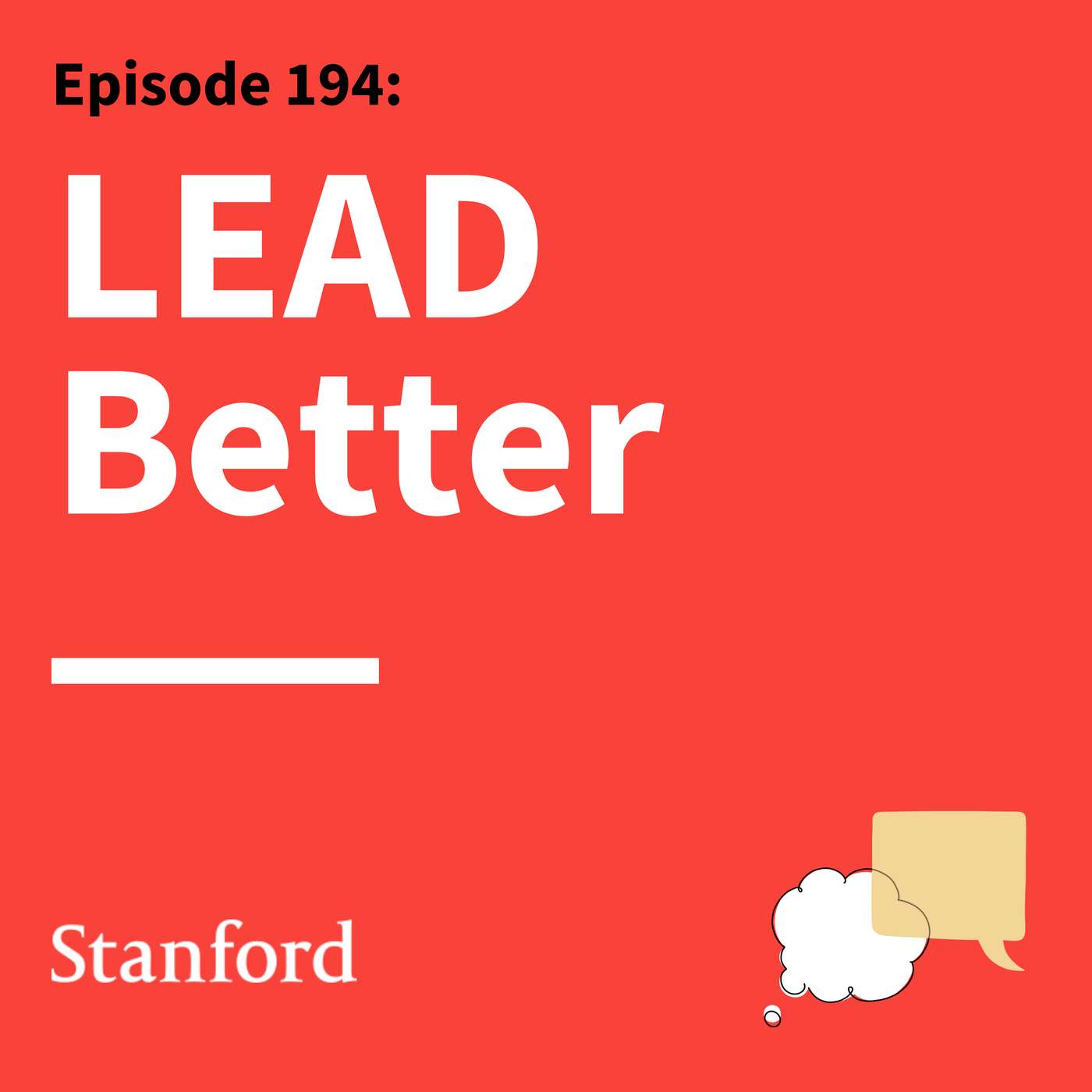
Effective leadership begins with the way you communicate.
Leading with impact isn’t about speaking louder—it’s about communicating in ways that resonate with what people already value. In Part 1 of this special two-part series from the Stanford LEAD Me2We Conference, Matt Abrahams brings together four expert GSB faculty—Allison Kluger, Nir Halevy, Christian Wheeler, and Naomi Bagdonas—to explore how to lead and communicate with intention. They share how authenticity builds trust, why discomfort is essential for growth, how to design space for serendipity, and the role AI can play in expanding—not replacing—human potentia...
193. Conquer Questions: ADDing Value To Your Answers
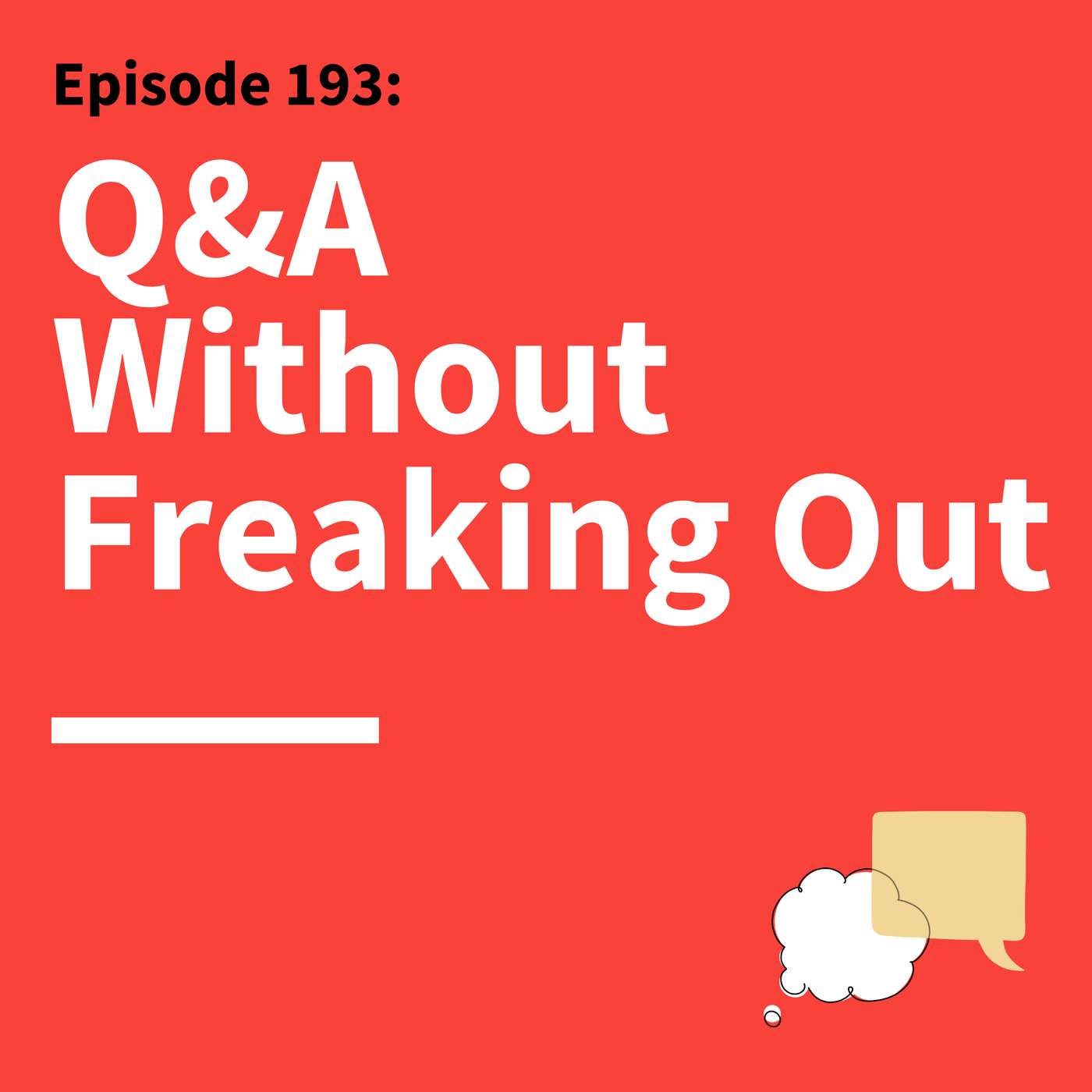
Turn Q&A from nerve-wracking to confidence-boosting with strategies for clear, controlled answers.
A great presentation doesn’t end with the final slide—it continues through the Q&A, where real engagement happens. Yet, for many speakers, this is the most nerve-wracking part. In this episode, Matt Abrahams explores why Q&A can feel intimidating and how shifting your mindset can turn it into an opportunity rather than a challenge. Drawing from his book, Speaking Up Without Freaking Out, he shares expert-backed techniques for structuring responses, managing audience expectations, and maintaining composure under pressure. Whether you're facing a to...
192. Quick Thinks: How to Supersize Your Stories
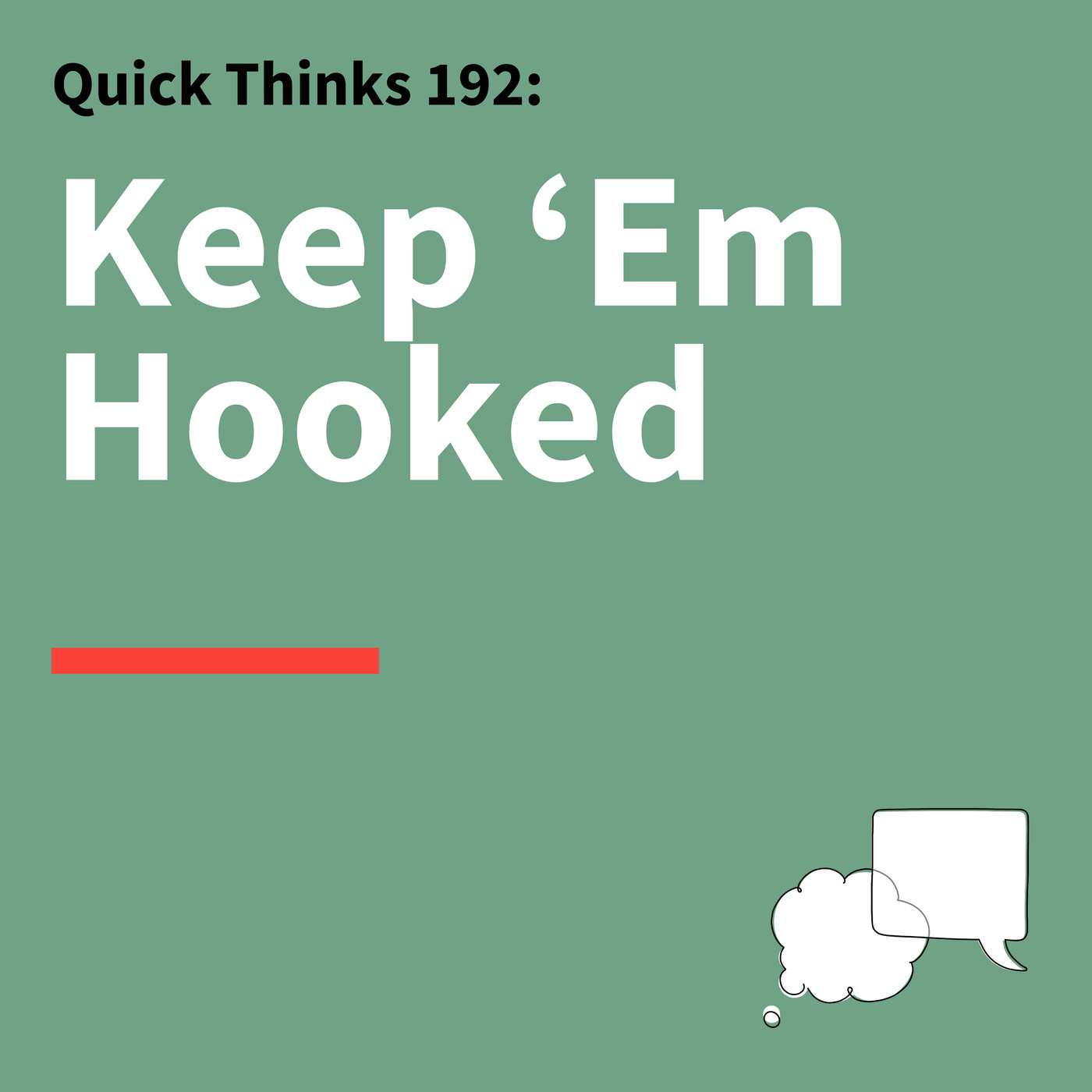
How to craft compelling stories that captivate, inspire, and make an impact.
Great storytelling isn't just about telling tales—it’s about crafting experiences that captivate, inspire, and drive change. In this special Quick Thinks bonus episode of Think Fast, Talk Smart, Matt Abrahams welcomes bestselling author Dan Heath for a masterclass on the power of stories.
Dan breaks down the elements of an impactful story, sharing a case study from his book Reset, outlining how to find compelling stories that connect with audiences, the structure of engaging narratives that keep people hooked, and the power of a...
191. Memorable Messages: Choose Words That Capture Attention and Stay Remembered
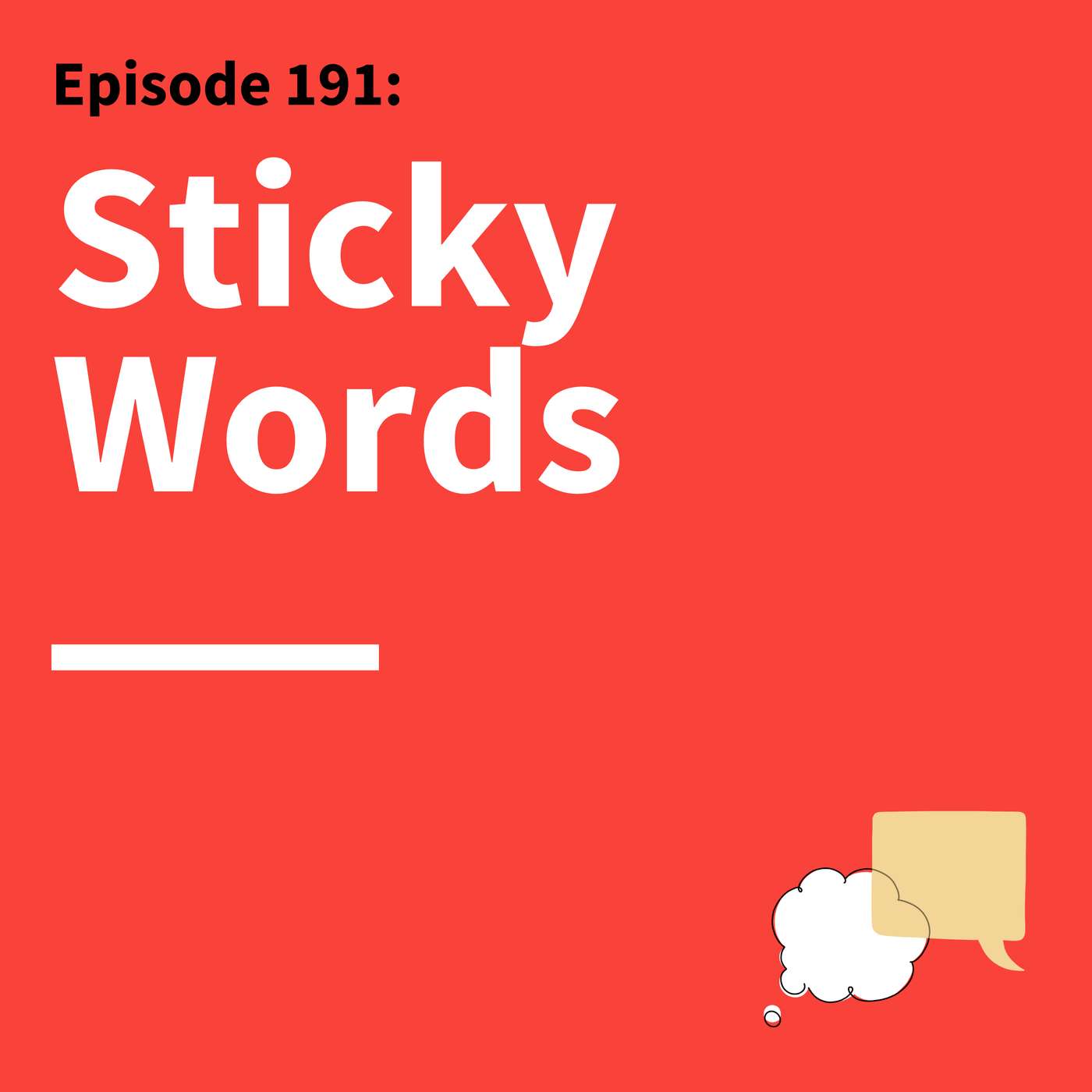
How to craft communication that your audience will remember.
Why do some messages stick, while others go in one ear and out the other? When it comes to crafting memorable communication, Ada Aka says not all verbiage is created equal.
“Certain words are intrinsically more memorable than others,” says Aka, an assistant professor of marketing at Stanford Graduate School of Business. In her research of consumer behavior and decision-making, she’s uncovered how language shapes not just our perception of the world, “but how the world stays with us over time." From concrete...
190. Motivation Matters: How to Leverage What People Already Want
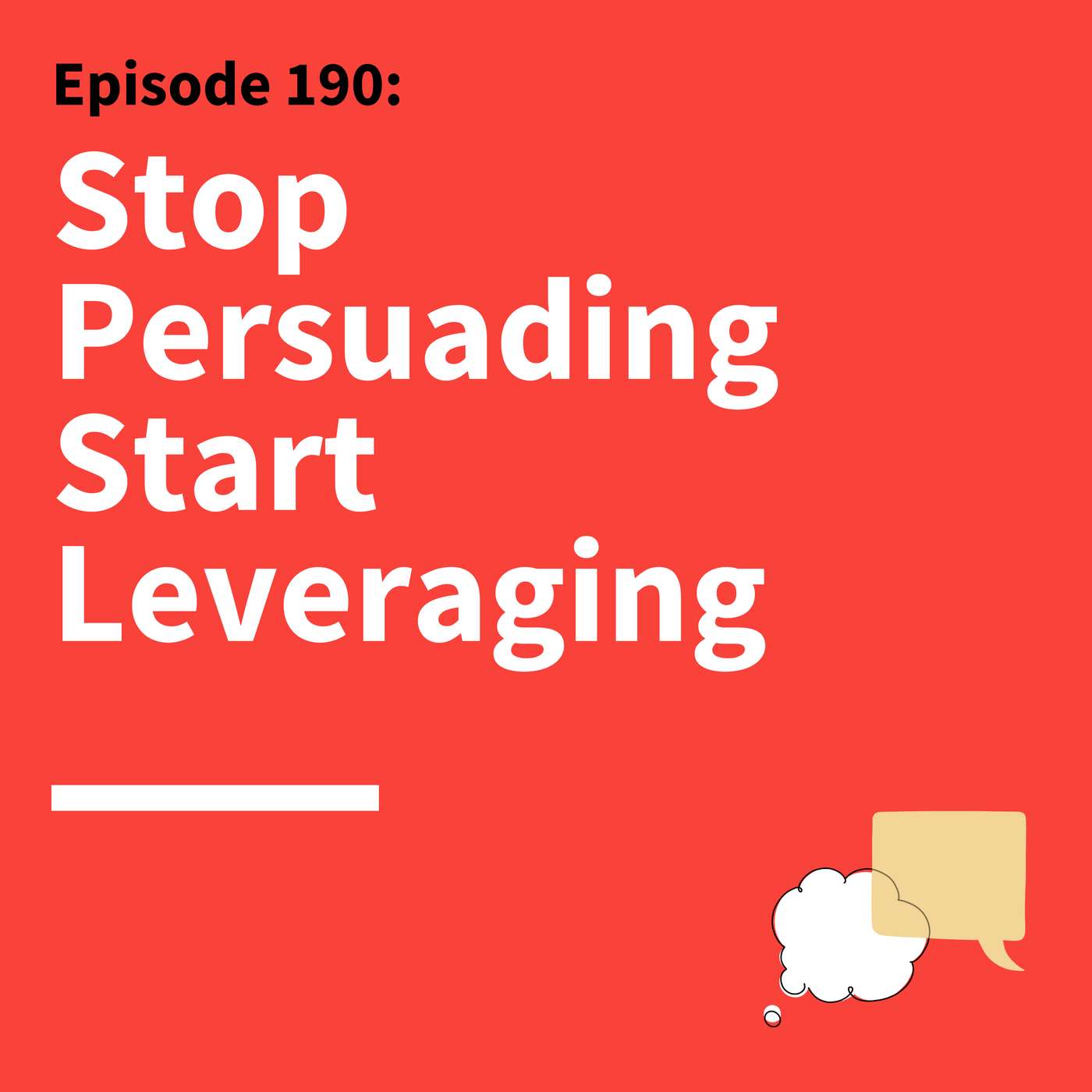
How to turn latent motivation into fuel for change.
If you want to be a changemaker, you’ll have to convince others to join your cause. But according to Dan Heath, persuading your audience isn’t about creating new motivation — it’s about leveraging the motivation that’s already there.
“The most important fuel for any change effort is motivation,” says Heath, the number-one New York Times bestselling author of Reset: How to Change What's Not Working. Instead of struggling to persuade people to want what you want, Heath suggests finding where your goals ove...
189. Numbers Need Narrative: Use Data to Influence and Inspire
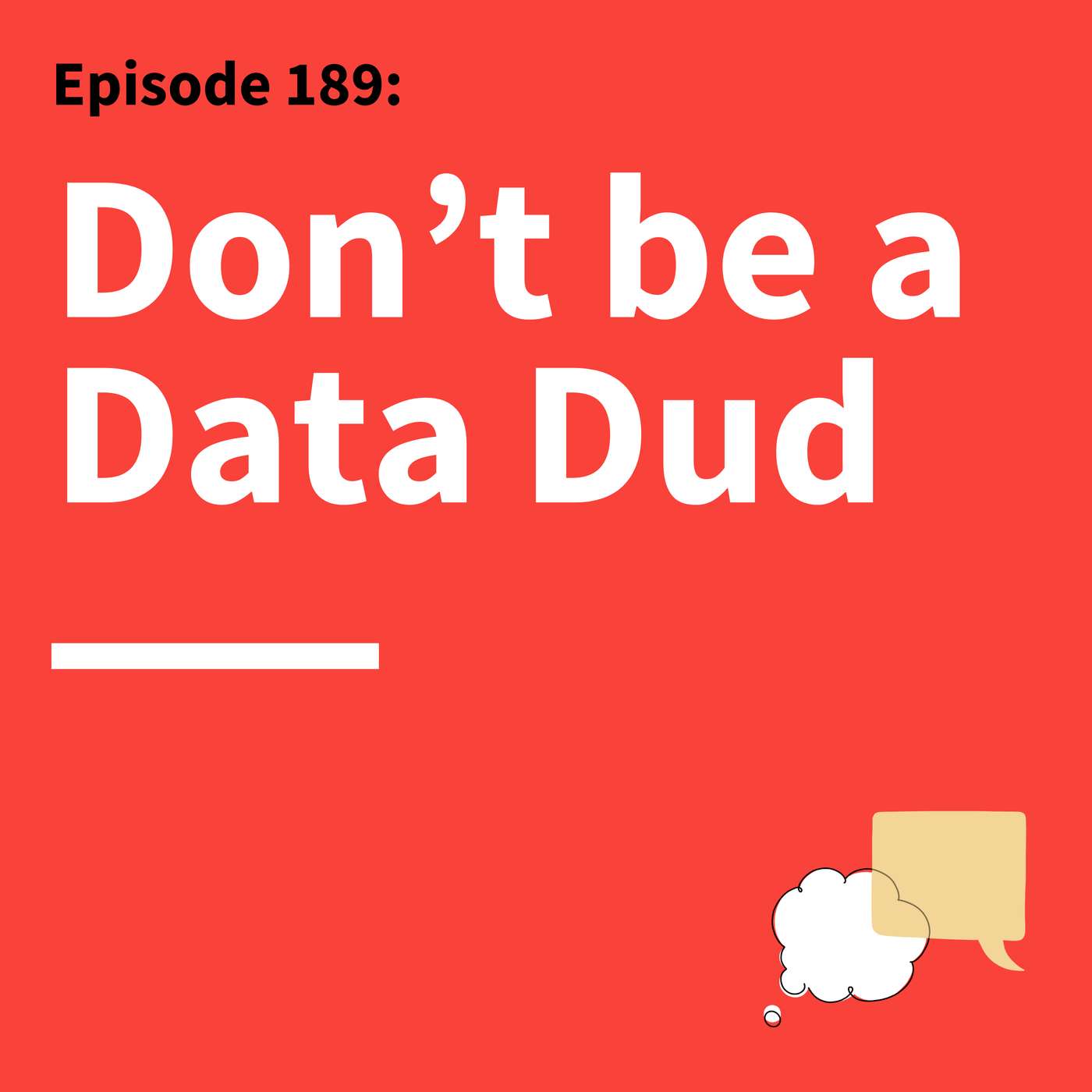
Why numbers are only as compelling as the narratives we attach to them.
Facts and figures can be your friend, but before you load your presentation full of data, Miro Kazakoff has a word of caution: “Data’s objective, but people are not.”
You might think that your data speaks for itself, but Kazakoff says numbers need a narrative. A senior lecturer at MIT Sloan School of Management and author of Persuading with Data: A Guide to Designing, Delivering, and Defending Your Data, he says the key to making data persuasive isn't about...
188. Mind Reading 101: To Know What Your Audience Thinks, Just Ask
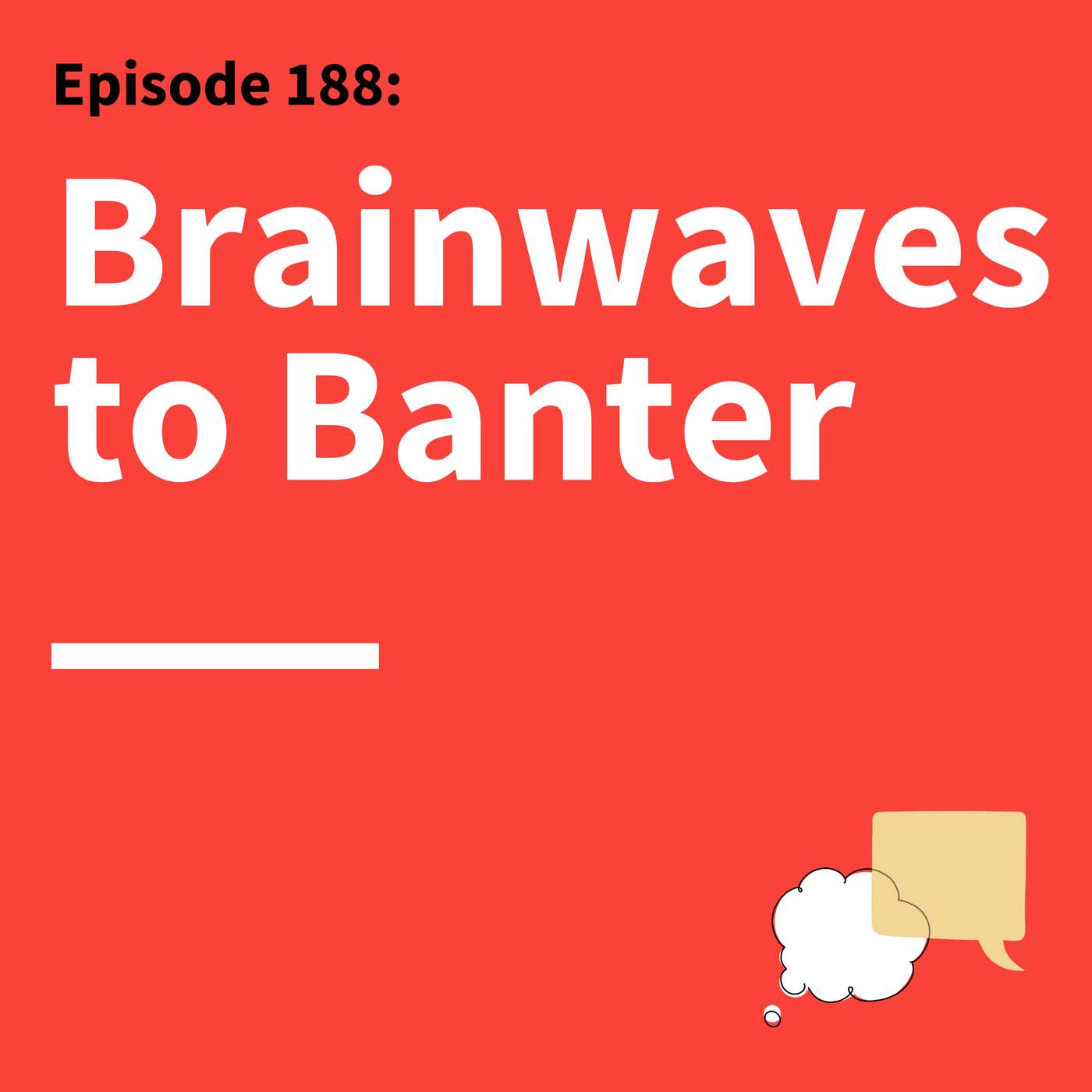
How to really know what your audience is thinking.
To be a great communicator, you have to get out of your own head. But that’s not all, says Matt Lieberman. According to him, you also have to get into the head of someone else.
“Mind-reading is this remarkable ability that humans have,” explains Lieberman, a professor of psychology, director of UCLA’s Social Cognitive Neuroscience Lab, and author of Social: Why Our Brains Are Wired to Connect. But even as we engage in perspective-taking, Lieberman says our attempts to mind-read often miss the mark. Instead...
187. Experimenting, Failing, and Finding Your Job Fit - Catalyze Your Career

Rethink career success by testing, adapting, and staying open to unexpected opportunities.
Career planning isn’t as straightforward as we often assume—but according to Dorie Clark, that’s actually a good thing. Instead of following a rigid path, she believes we should be “treating our careers like a series of experiments”—testing, iterating, and staying open to unexpected opportunities."People assume they need to have everything mapped out for the next twenty years," Clark explains. "But in reality, careers are built through testing, learning, and adapting—just like a scientific hypothesis."
As a bestselling author and career str...
186. Own Your Impact: How to Communicate Your Personal Power
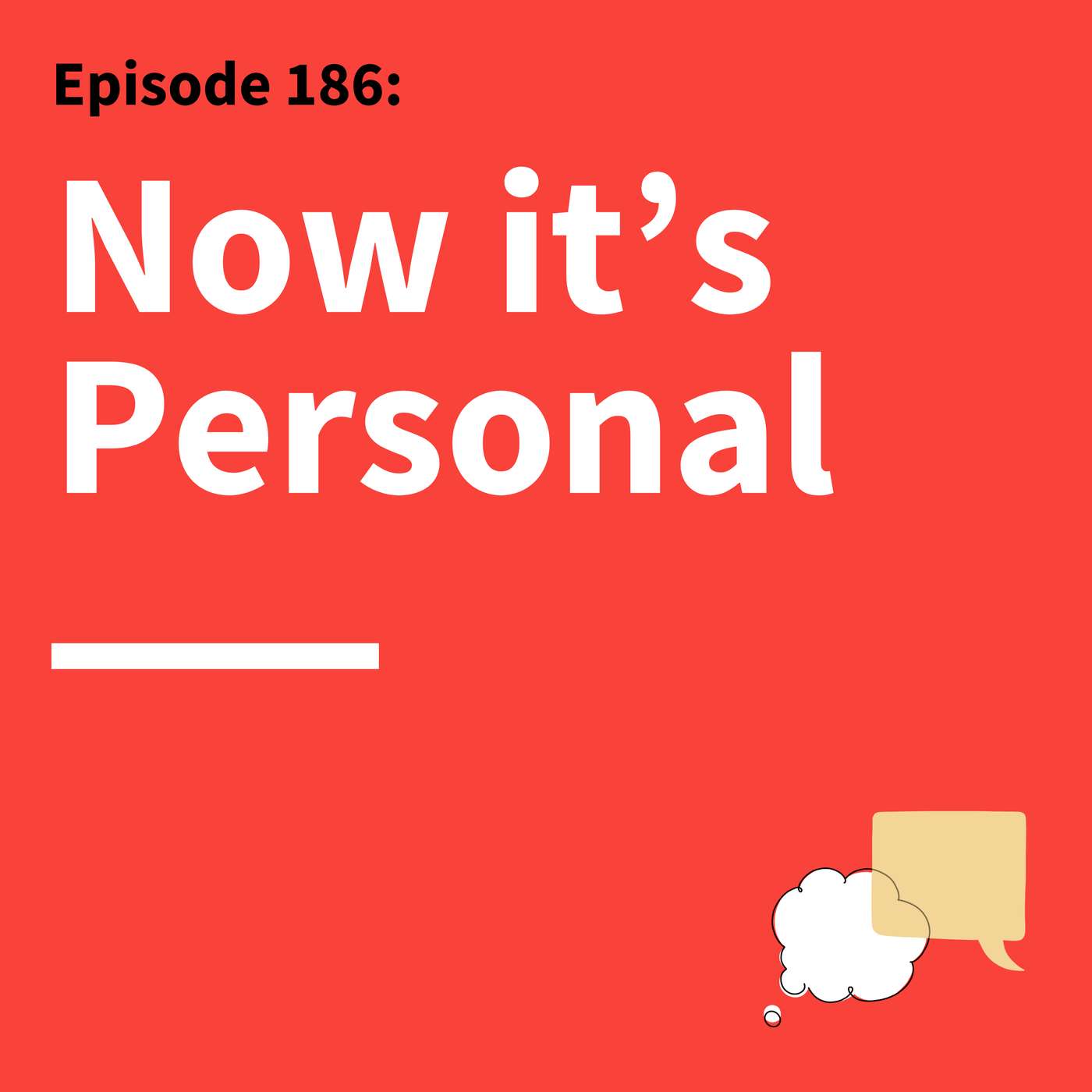
Why good communication starts with tapping into your power.
Impactful communication isn’t just about the words you use. According to Chris Lipp, it’s about the power you deliver them with.
“When we have a belief in ourselves, what we say changes,” says Lipp, a professor at Tulane University’s Freeman School of Business and author of The Science of Personal Power. Throughout his career as an academic and communications coach for entrepreneurs, he’s explored how tapping into personal power can transform our messages and the impact they create. "Personal power is our belief in ou...
